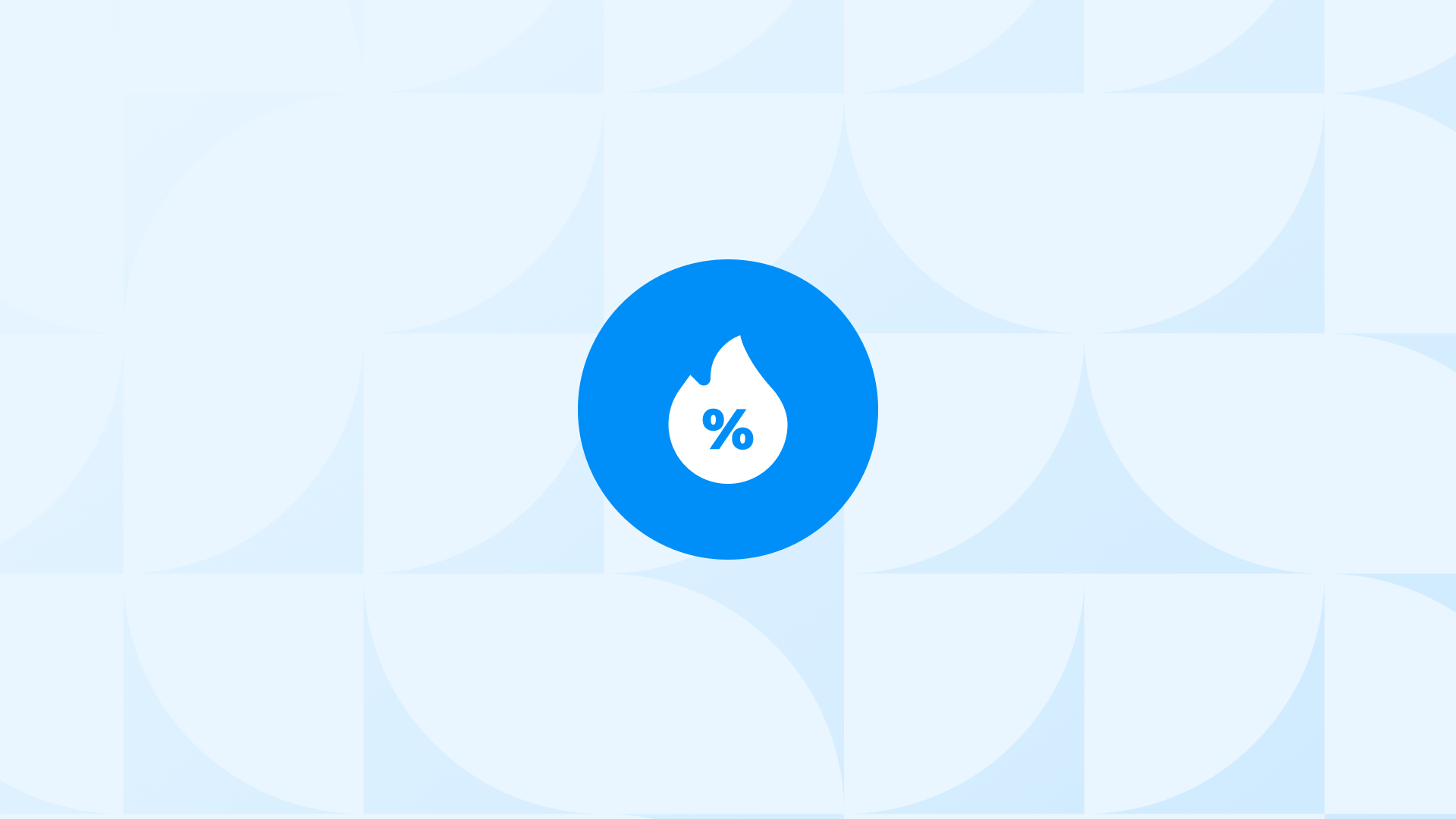Online shopping is still expanding. Global ecommerce sales hit $6.3 trillion in 2024 and are projected to reach $8 trillion by 2027. More than 2.5 billion people bought something online last year, and mobile purchases alone brought in over $2 trillion in revenue.
But scale doesn’t equal clarity. The ecommerce space is crowded with platforms, each built for different use cases. Some focus on marketplace convenience, others give sellers full control over branding and operations.
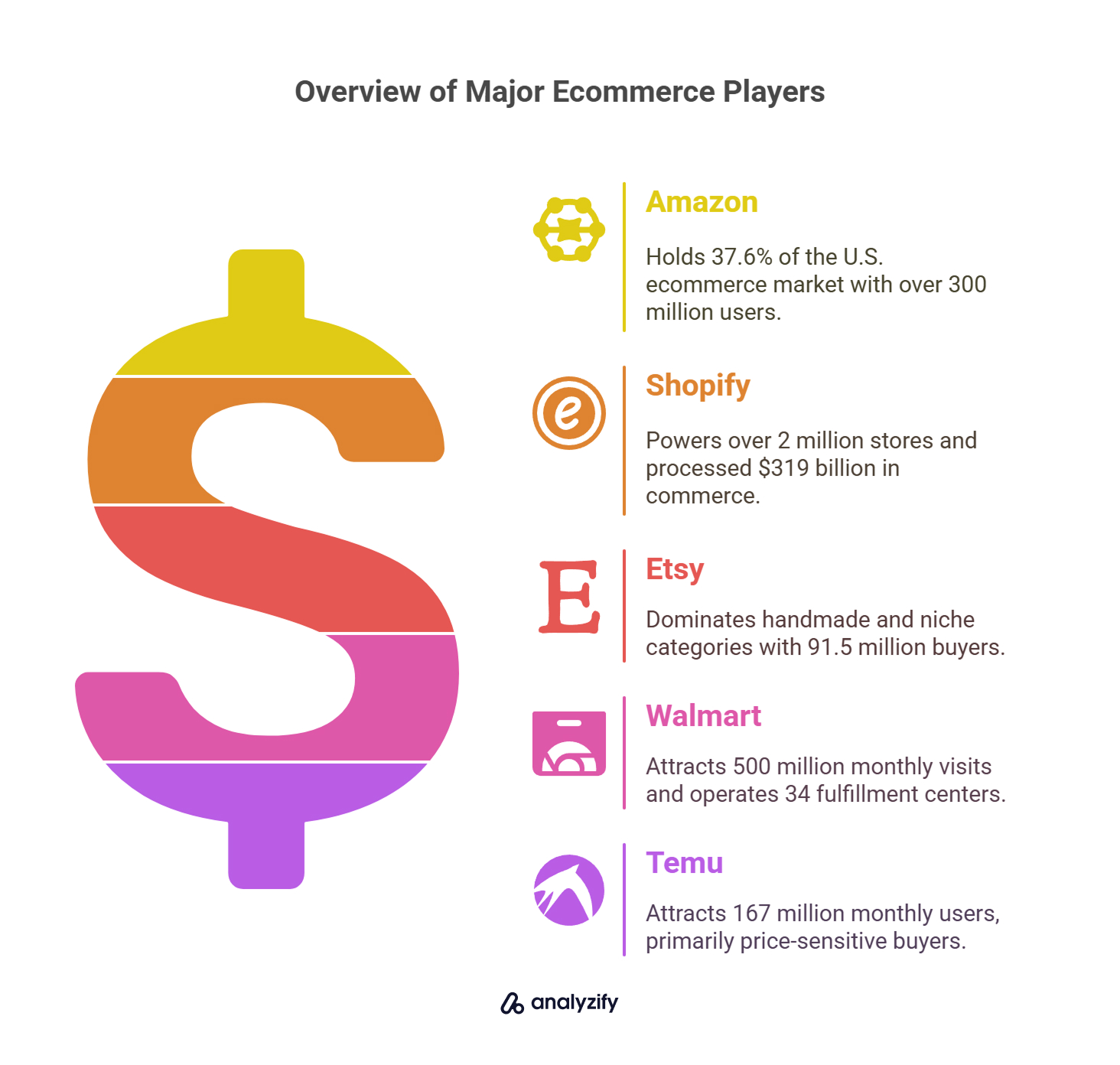
To give a quick sense of where things stand:
- Amazon holds 37.6% of the U.S. ecommerce market and serves over 300 million active users.
- Shopify powers more than 2 million online stores and processed $319 billion in commerce last year.
- Etsy still dominates handmade and niche categories, with 91.5 million buyers and 97% of sellers working from home.
- Walmart continues to scale online, drawing nearly 500 million visits monthly and running 34 fulfillment centers in the U.S.
- Temu, despite being new, now attracts 167 million monthly users—mostly price-sensitive buyers making small purchases.
In this article, we’ll break down the most widely used ecommerce platforms in 2025. We’ll explain what each platform actually does, what it costs, who it works for, and what real data says about their reach, growth, and usage.
Ecommerce Platform vs Marketplace: What’s the Actual Difference?
Before choosing where to sell, it’s important to understand the difference between an ecommerce platform and a marketplace. These two terms often get used interchangeably, but they work very differently—and attract very different kinds of sellers.
An ecommerce platform (like Shopify or WooCommerce) is a tool that lets you build and run your own online store. You control everything: branding, domain, product display, and how customers experience the site.
You’re responsible for driving your own traffic, handling payments, and choosing how orders are fulfilled.
A marketplace (like Amazon, Etsy, or eBay) is a shared space where many sellers list their products on the same site. Customers don’t visit to find your store—they visit the platform and discover you while browsing.
The marketplace brings the traffic, manages search and recommendations, and sets the rules for fees, fulfillment, and customer service.
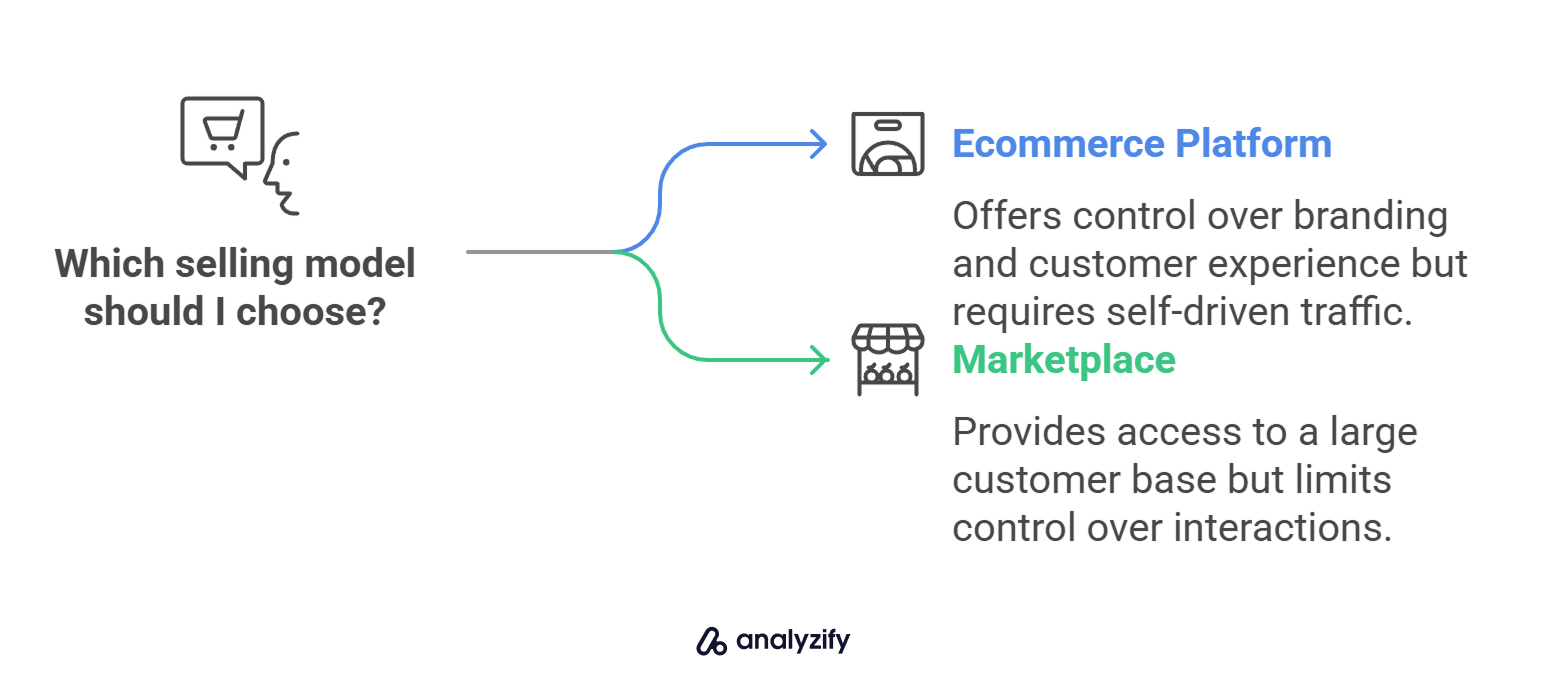
Here’s the core tradeoff:
- Platforms give you control but require you to bring your own customers.
- Marketplaces give you access to customers but control how you interact with them.
For example:
- If you want to build a brand with repeat buyers and flexible pricing, a platform like Shopify makes sense.
- If you want fast access to millions of shoppers without running a full store, marketplaces like Amazon or Temu are the easier entry point.
Most sellers eventually use both. But starting with the right model saves time, money, and frustration.
Best Ecommerce Platforms and Marketplaces in 2025
Choosing where to sell online starts with understanding your options.
Some platforms offer visibility to millions of buyers right away, while others give you complete control over your store and customer relationships.
Below is a breakdown of the most widely used ecommerce platforms and marketplaces in 2025—how they work, what kind of sellers they suit, and the real data behind their performance.
| Platform | Type | Market Share/Size | Key Strengths |
| Amazon | Marketplace | 37.6% US market share; 300M+ active users | Large customer base; FBA logistics; Prime member access |
| Shopify | Platform | Powers 4.6M+ active stores; $300B+ processed | Brand control; customer data ownership; customization options |
| eBay | Marketplace | 132M active buyers; 18M sellers | Auction and fixed-price listings; global market access; simple setup |
| Etsy | Marketplace | 91.5M active buyers; 6.6M active sellers | Handmade focus; creator community; small business tools |
| Walmart | Marketplace | $648B annual revenue; 22% ecommerce growth | Large customer base; store and online integration |
| Temu | Marketplace | 167M monthly active users; 540M monthly visits | Competitive pricing; high site traffic; mobile app focus |
| Alibaba | B2B Marketplace | $130.35B total revenue; $80.7B from Chinese ecommerce | B2B connections; international reach; payment security |
| MercadoLibre | Marketplace | $14.5B net revenue; 148M active users | Latin America focus; payment processing; logistics network |
| Target | Selective Marketplace | 18.3% of $24.5B revenue from digital | Brand selection; physical store integration; customer trust |
| Wayfair | Specialized Marketplace | $11.8B annual revenue; 22.3M active customers | Home goods focus; higher order values; repeat customer rate (80%) |
Amazon: The Most Dominant Ecommerce Marketplace
Amazon holds more ecommerce market share in the United States than any other platform—37.6% as of 2024. It reaches over 300 million active users worldwide and handles billions of product searches every month.
For many online shoppers, Amazon is the default starting point—and for sellers, it’s often the most powerful marketplace in terms of visibility and logistics.
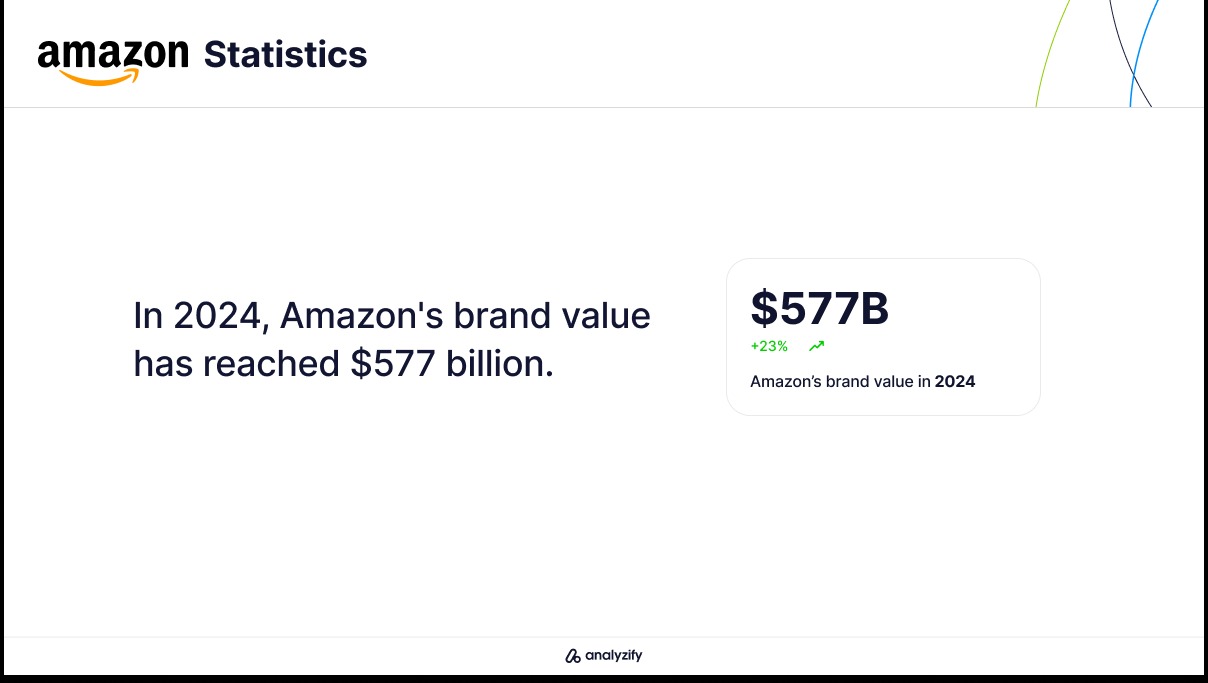
Over 60% of Amazon’s total sales come from şndependent sellers, not Amazon itself. Most of those sellers use Fulfillment by Amazon (FBA), a service where Amazon stores, packs, ships, and even handles returns on your behalf.
The system is built for speed and trust: over 200 million Prime members expect fast, free delivery, and Amazon pushes sellers to meet those expectations.
Key Facts About Amazon in 2025
- Amazon processes over 4.5 billion item sales annually from U.S.-based sellers.
- More than 80% of U.S. users cite fast, free shipping as their reason for shopping on Amazon.
- About 30% of Amazon sellers report monthly sales above $5,000.
- Roughly 57% of sellers maintain profit margins over 10%.
- A professional seller account costs $39.99 per month.
- Referral fees typically take 15% of the product’s sale price.
- Amazon is ideal for sellers who want scale and are prepared to follow strict performance guidelines.
- It works well for businesses that want to outsource fulfillment through FBA and focus on growth.
- The platform suits sellers who can respond quickly to customer inquiries and manage inventory without frequent stockouts.
- Shopify generated $2.16 billion in revenue in Q3 2024, a 26% increase from the same period in 2023.
- Gross merchandise volume (GMV) for Q3 reached $69.7 billion, up from $56.2 billion the previous year.
- Net income grew to $828 million, while operating income hit $283 million—up 132% year-over-year.
- Shopify’s merchant solutions revenue climbed to $1.55 billion in Q3 2024.
- Shopify does not charge referral fees on each sale (unless third-party gateways are used).
- All major plans include access to multilingual storefronts (up to 20 languages).
- Shop Pay, Shopify’s integrated checkout, converts 72% higher than regular checkout flows.
- The platform hosts over 10,000 third-party apps in its App Store, used by 85% of stores to improve functionality.
- Basic plans start at $39/month, while Shopify Plus (for high-volume sellers) begins at around $2,000/month.
- Using Shopify Payments avoids transaction fees; otherwise, sellers pay up to 2% per transaction.
- Optional apps, premium themes, and integrations can increase monthly costs but offer custom functionality.
- The average order value on Shopify is $108.12, with top categories including apparel, health & beauty, and home goods.
- Shopify is ideal for sellers who don’t want platform-imposed limitations or customer communication restrictions.
- It suits creators and businesses that already have an audience or are ready to build one from scratch.
- It’s also a strong fit for international sellers, with support for localized currency, language, and shipping options.
- eBay reported $2.6 billion in revenue and $18.4 billion in gross merchandise volume (GMV) in Q2 2024.
- The platform attracts approximately 650 million monthly visits, with users spending an average of 10.5 minutes per session.
- About 9.22% of U.S. online shoppers prefer eBay, making it the second most popular ecommerce site after Amazon.
- 28 million of eBay’s buyers are considered “high-value,” spending around $3,000 per year on the platformpdf24_converted.
- About 32% of new eBay sellers are Gen Z, showing strong appeal among young entrepreneurs.
- 31% of sellers are based in the U.S., followed closely by 29% in the UK.
- The platform supports both individual and business accounts with access to global markets.
- Sellers can use auction formats for rare items or fixed-price listings for standard products.
- Sellers get 250 free listings per month; additional listings cost $0.35 each.
- Payment processing fees are 2.9% + $0.30 per transaction.
- Optional promoted listings cost between 2% and 15% of the sale price.
- eBay store subscriptions are available starting at $4.95/month for those needing more tools or listings.
- eBay is a good fit for merchants who want to reach global buyers without building their own website.
- It works well for resellers, liquidators, and sellers of refurbished electronics, rare goods, or discontinued products.
- Sellers who respond quickly to messages, maintain detailed listings, and manage shipping reliably tend to perform best.
- Etsy generated $647.8 million in revenue in Q2 2024, with $2.5 billion in gross merchandise sales.
- The platform sees over 400 million monthly visits, with an average session lasting more than 5 minutes.
- 6.9 million people are considered habitual buyers, and 37 million are repeat buyers as of Q4 2023.
- 54% of Etsy sellers also sell on other platforms, showing how Etsy fits well into multi-channel strategiespdf24_converted.
- 97% of Etsy sellers run their business from home.
- 82% are solo entrepreneurs, with no employees.
- 80% of sellers identify as women.
- Home & Living is the most popular category, representing 35% of sales.
- Nearly 30% of visitors are aged 25–34, and nearly half are aged 18–34.
- Each listing costs $0.20 and remains active for 4 months or until sold.
- Etsy charges a 6.5% transaction fee on the item price (excluding shipping).
- Payment processing fees vary by country.
- Etsy Plus, an optional subscription plan, costs $10/month and includes shop customization tools and credits.
- Etsy also offers offsite ads and Etsy Ads as optional paid promotion features.
- Etsy suits designers, makers, and vintage sellers who offer distinctive, hard-to-find products.
- It’s a strong option for side-hustlers and solo entrepreneurs working from home.
- Sellers who use high-quality images, write detailed listings, and ship reliably tend to build strong customer bases.
- Global net sales reached $642.6 billion in 2024, with ecommerce accounting for an increasing share of the total.
- Walmart serves 255 million weekly customers, both in-store and online.
- Online grocery is a major strength, with 54% of U.S. shoppers buying groceries digitally from Walmart.
- 59% of all Walmart U.S. sales come from grocery items.
- Walmart operates 34 ecommerce fulfillment centers in the U.S., backed by 100 international distribution hubs.
- Walmart Fulfillment Services (WFS) offers warehousing, packing, and two-day shipping for eligible sellers.
- The marketplace serves both small brands and national suppliers, with strict onboarding and operational requirements.
- 66% of Walmart’s online customers are aged 30–49, making it a strong channel for everyday consumer goods.
- Walmart suits experienced sellers with established inventory systems and consistent shipping capabilities.
- It works well for brands targeting a wide, cost-focused U.S. audience, especially in grocery, household, and low-margin goods.
- Businesses that can deliver 95%+ of orders on time and keep cancellations under 1.5% are more likely to succeed.
- In May 2024, Temu surpassed 52 million app downloads globally.
- The platform’s U.S. audience now exceeds 100 million users.
- 35% of its customer base is Gen Z, showing strong traction among younger, price-conscious shoppers.
- The average user spends 22 minutes per day on the app, one of the highest engagement rates in ecommerce.
- 40% of U.S. orders on Temu from the US are under $20.
- The platform focuses on impulse buys, everyday essentials, gadgets, and unbranded items.
- Temu maintains an 18.5% 7-day retention rate in the U.S.—strong for discount-focused marketplaces.
- The Americas represent 42% of Temu’s global market share.
- Temu is a fit for sellers focused on volume, low price points, and fast-moving inventory.
- It works well for factories or distributors seeking international exposure without managing customer relationships.
- Sellers prioritizing brand presence, product storytelling, or customer retention will find Temu restrictive.
- Chinese ecommerce remains Alibaba’s primary business, accounting for 65% of total revenue.
- The international retail arm serves over 300 million overseas consumers.
- Cross-border ecommerce, including AliExpress and Lazada, continues to expand in regions like Europe and Southeast Asia.
- The average customer acquisition cost rose to 477 yuan per new buyer in 2024.
- Alibaba is a fit for B2B sellers offering bulk products to importers, retailers, or resellers.
- It supports sellers looking to expand into China or Southeast Asia through platforms like Tmall or Lazada.
- Sellers must be able to provide verified business information and maintain professional service levels.
- The platform serves over 148 million active users, with 218 million unique visitors per month across all markets.
- In Brazil alone, the site attracts over 100 million monthly visits.
- Mercado Pago processes more than $60 billion in annual payment volume.
- The company operates 19 distribution centers and over 1,200 logistics nodes, enabling fast regional delivery.
- Average delivery time in major urban areas is under 48 hours.
- The most popular categories include electronics, fashion, home appliances, and auto parts.
- 72% of purchases are made using Mercado Pago.
- Over 50% of ecommerce volume now comes from mobile users.
- It’s a strong choice for sellers offering mass-market consumer goods at competitive prices.
- Sellers based outside Latin America can work with MercadoLibre’s cross-border program to reach buyers in Brazil, Mexico, and beyond.
- The platform favors consistent fulfillment and competitive pricing over brand building.
- Target.com receives over 180 million monthly visits, with strong conversion rates among repeat shoppers.
- Digital sales are driven by high-frequency categories like grocery, beauty, baby, and household essentials.
- Services like Drive Up and Order Pickup account for a large portion of ecommerce fulfillment.
- Target leverages its RedCard loyalty program and app-based promotions to increase digital engagement.
- The marketplace includes fewer than 1,000 third-party sellers.
- Product categories are limited to those aligned with Target’s brand image—such as wellness, home, baby, and personal care.
- Sellers must meet strict requirements for product quality, fulfillment time, and customer service.
- Target handles the checkout and customer communication under its own brand.
- Target is best for mid-sized to large brands in categories that match its in-store assortment.
- It suits suppliers who can maintain inventory consistently and meet delivery expectations without relying on Target’s own logistics.
- The platform is not suitable for handmade products, limited-run inventory, or sellers seeking direct customer relationships.
- Wayfair partners with over 23,000 suppliers worldwide.
- Products are listed under Wayfair’s own brand, but inventory and fulfillment are handled by third parties.
- Sellers are required to integrate with Wayfair’s system to manage orders, shipping, and customer service.
- Wayfair handles customer payments, returns, and post-sale communication.
- In Q4 2024, Wayfair reported $2.5 billion in revenue and $289 million in gross profit.
- 79.9% of total orders came from repeat customers.
- The average order value is high due to the nature of the products, averaging over $300 per transaction.
- Most orders are made via desktop rather than mobile, reflecting the research-heavy nature of home purchases.
- It works best for suppliers offering large, durable goods with established inventory and shipping operations.
- Wayfair is suitable for businesses that can handle white-label sales under Wayfair’s brand system.
- It’s not ideal for creators or brands wanting to tell their own story—Wayfair’s model centers on logistics and fulfillment.
- Over 77% of ecommerce traffic comes from smartphones.
- On platforms like Temu, more than 90% of purchases happen in-app.
- Data from over 100,000 Shopify stores shows 50.3% of sales are mobile, highlighting the importance of mobile-first design.
- Social commerce is on track to reach $8.5 trillion globally by 2030.
- Platforms like Instagram and TikTok are key for product discovery, especially among Gen Z.
- Shopify merchants using Shop Pay see a 72% higher conversion rate compared to standard checkouts, especially when linked with social shopping flows.
- Alibaba, Temu, and MercadoLibre all handle international logistics for sellers.
- Shopify and Amazon both offer country-specific storefronts or global fulfillment options.
- Platforms like Lazada and Shopee continue to grow in Southeast Asia, pulling in sellers from China, Europe, and the U.S.
- The average ecommerce cart abandonment rate in 2024 was 70.19%.
- The top reasons include unexpected fees, account requirements, and slow-loading pages.
- Platforms that streamline checkout (like Shop Pay or Amazon 1-Click) reduce drop-off significantly.
- Shopify is a better option if you want to sell higher-priced or branded items directly under your own name.
- Platforms like eBay allow more flexibility for selling refurbished, used, or unusual goods.
- Shopify gives full access to customer data, letting you control communication, loyalty programs, and retargeting.
- Amazon and Walmart route all customer interaction through their own systems, which limits follow-up marketing.
- If you can’t meet strict shipping deadlines or don’t have consistent stock, platforms like Amazon may penalize you.
- Wayfair and Target expect suppliers to integrate with their systems and meet wholesale logistics standards.
- Etsy charges $0.20 per listing and 6.5% transaction fees.
- Amazon’s referral fees often hover around 15%, plus FBA costs.
- Shopify’s base plan is $39/month, with optional app costs and payment processing fees unless you use Shopify Payments.

How Sellers Perform on Amazon
Amazon isn’t just popular—it’s profitable for many sellers. But success comes with conditions: strict policies, performance metrics, and ongoing costs.
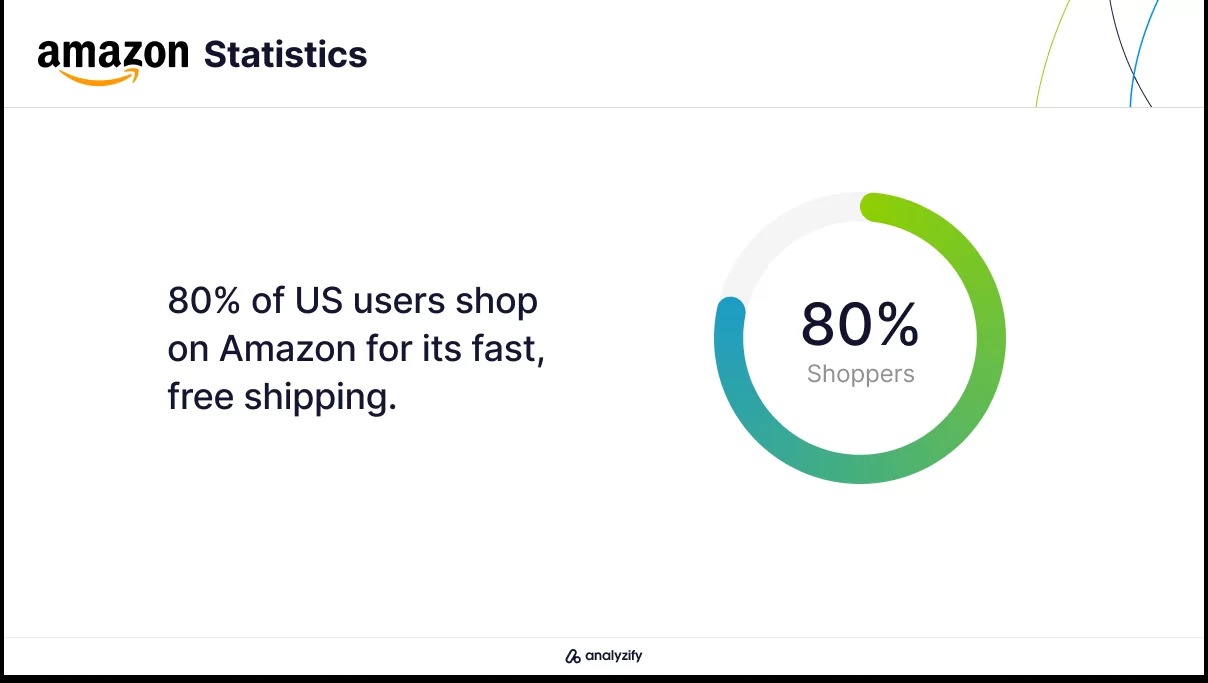
Amazon’s Fee Structure for Sellers
Understanding Amazon’s cost model is crucial. Sellers pay multiple types of fees, which vary based on product category, fulfillment method, and storage usage.
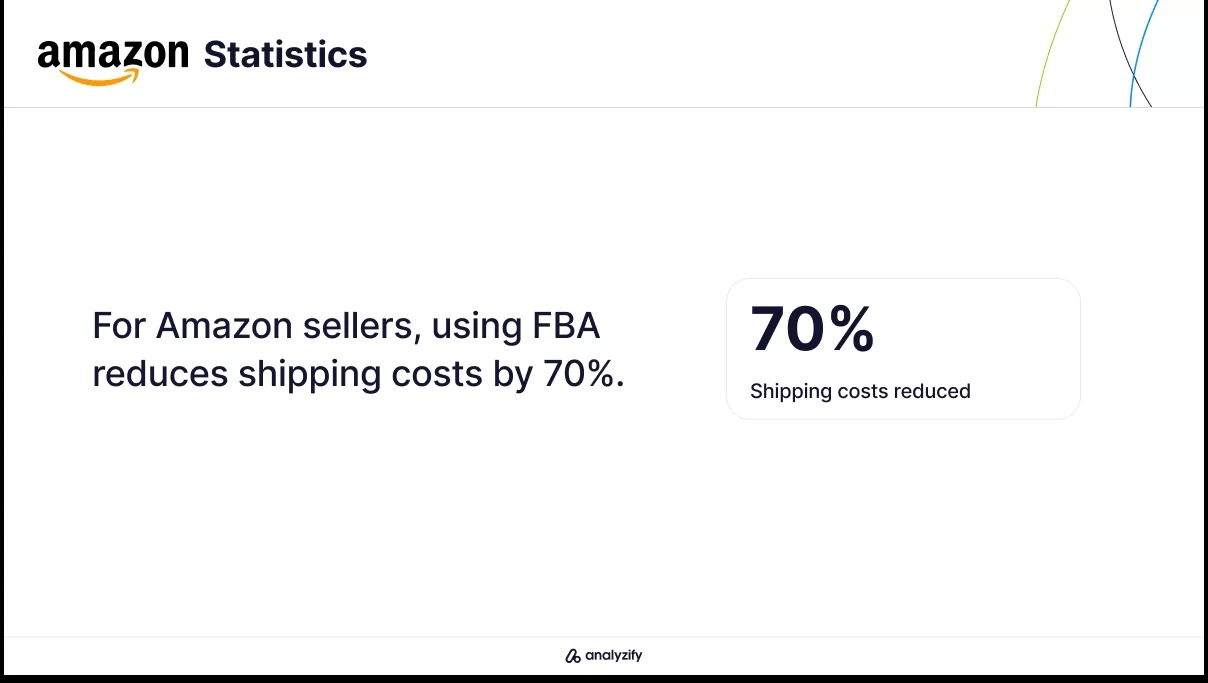
When Amazon Is the Right Choice
Selling on Amazon makes sense if your products are priced competitively, easy to ship, and aimed at a broad customer base. It favors sellers who can move fast, restock efficiently, and deliver consistently good customer experiences.
For sellers who meet Amazon’s high standards and understand the trade-offs, the platform offers unmatched reach and sales volume. But for others—especially those selling niche, high-touch, or brand-sensitive products—it can be limiting and expensive.
Shopify: The Most Flexible Ecommerce Platform for Building a Branded Store
Shopify is not a marketplace. It’s a platform that gives merchants full control to create and manage their own online stores.
Sellers on Shopify use their own domain names, design their storefronts from scratch or with templates, and decide how to present their products, communicate with buyers, and handle fulfillment.
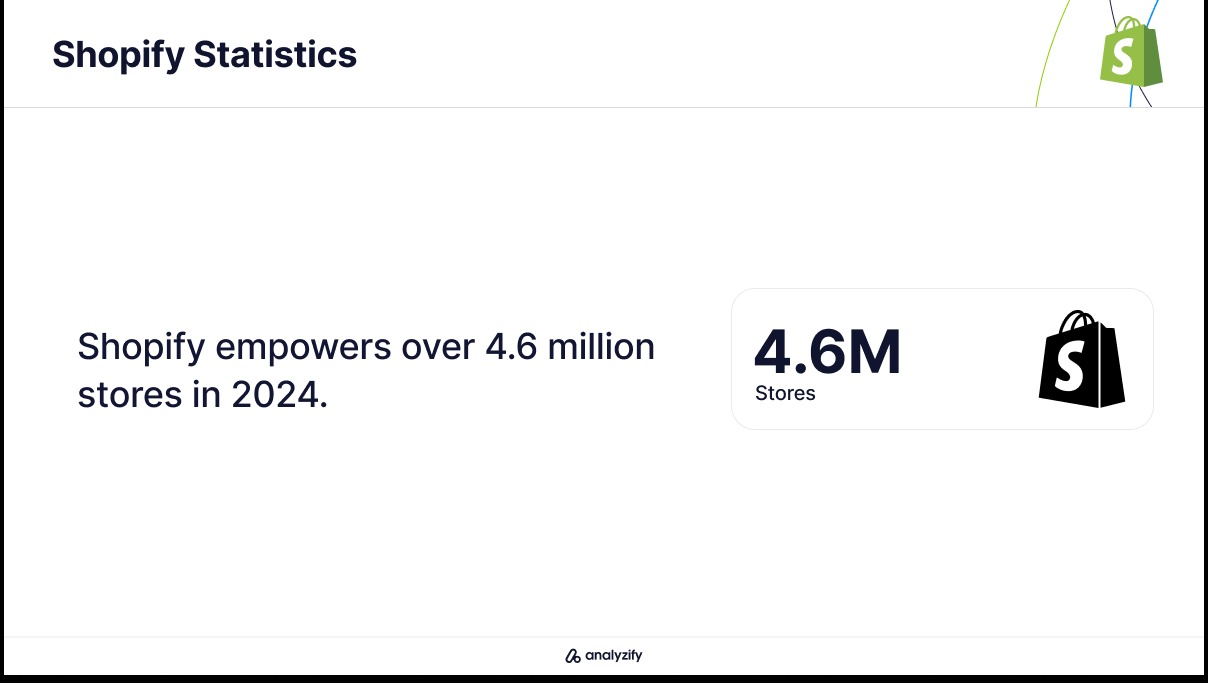
As of 2025, Shopify powers over 4.6 million active stores across 175 countries. The platform is used by more than 2 million merchants and has processed $300 billion+ in total merchant revenue.
Shopify supports brands of all sizes, from solo-run apparel shops to enterprise names like Gymshark, Heinz, and Kylie Cosmetics.
Shopify’s Recent Growth and Performance
In 2024, Shopify reached record-breaking financial performance, showing strong adoption across all merchant types.
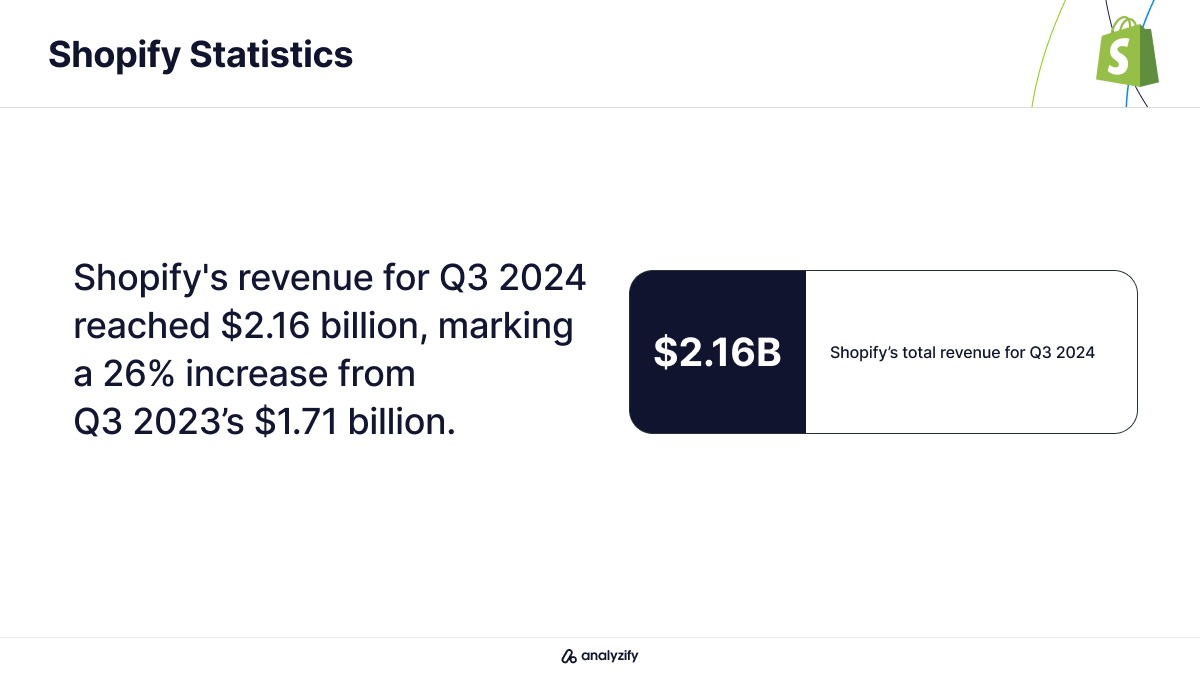
What Makes Shopify Different from Marketplaces
Shopify gives sellers full control over their brand, customer data, and marketing approach. You’re not competing for visibility with thousands of sellers on a shared product page—you’re building your own online space.
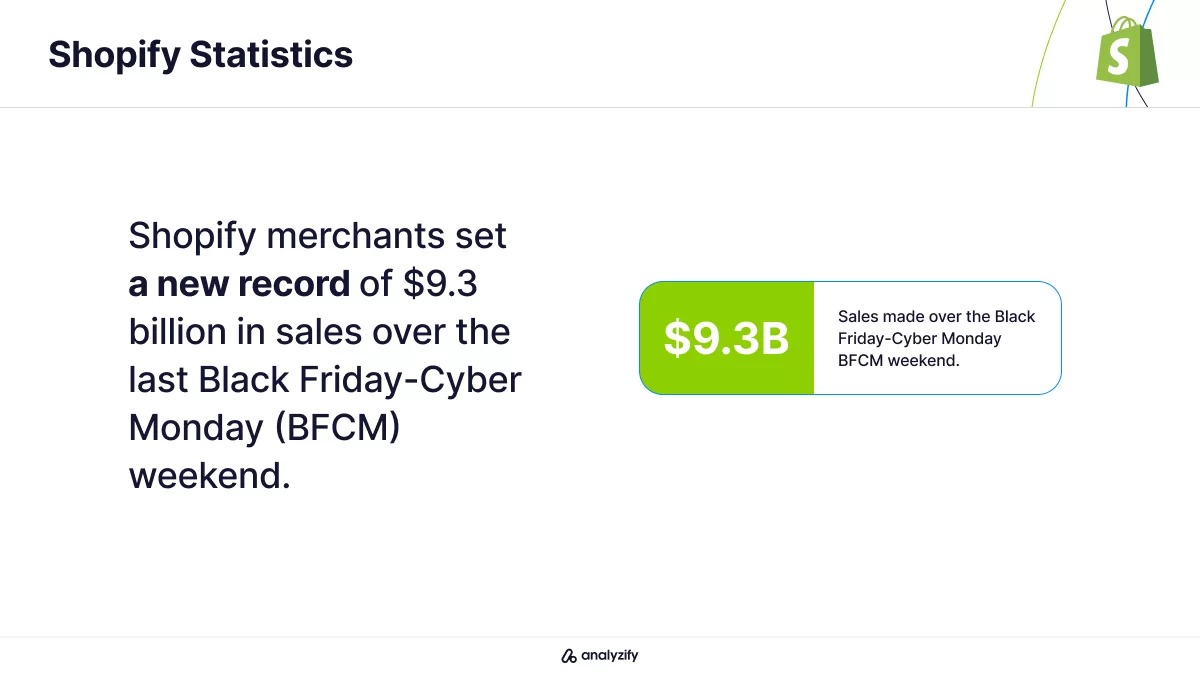
Shopify’s Pricing and Costs in 2025
Shopify is subscription-based, with additional charges based on payment methods and apps used.
Who Shopify Is Best For
Shopify works best for merchants who want full creative and operational control. It favors people who can drive traffic through content, ads, or community—and who see ecommerce as a long-term brand investment.
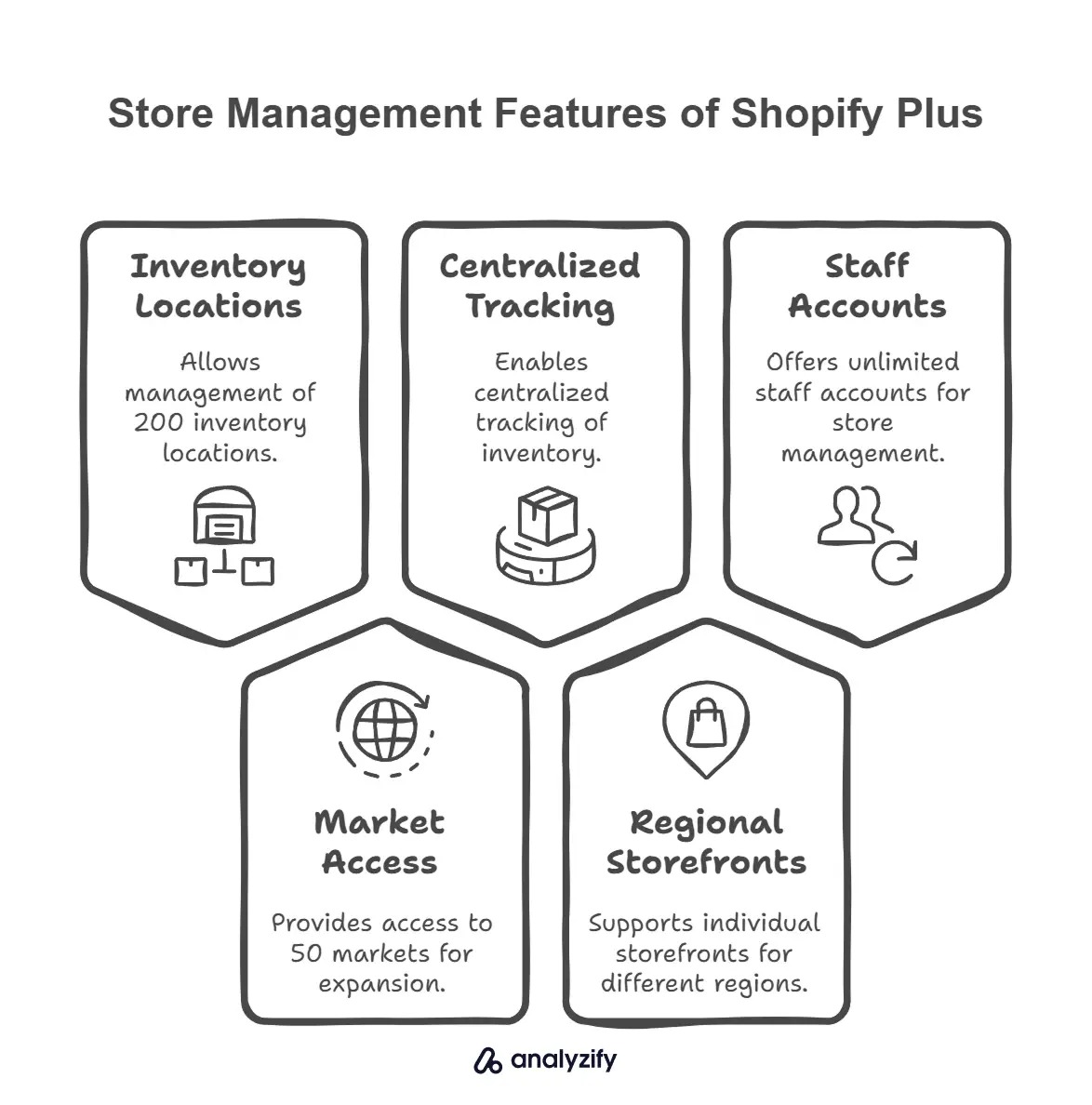
Unlike marketplaces, Shopify won’t hand you an audience—but it will give you everything you need to grow one.
eBay: A Flexible Ecommerce Marketplace for New and Used Goods
eBay remains one of the most established ecommerce marketplaces, known for supporting both auctions and fixed-price listings.
With over 132 million active buyers and 18 million sellers as of 2024, eBay offers sellers a wide reach and considerable freedom in what and how they sell—whether it’s new inventory, used items, or rare collectibles.
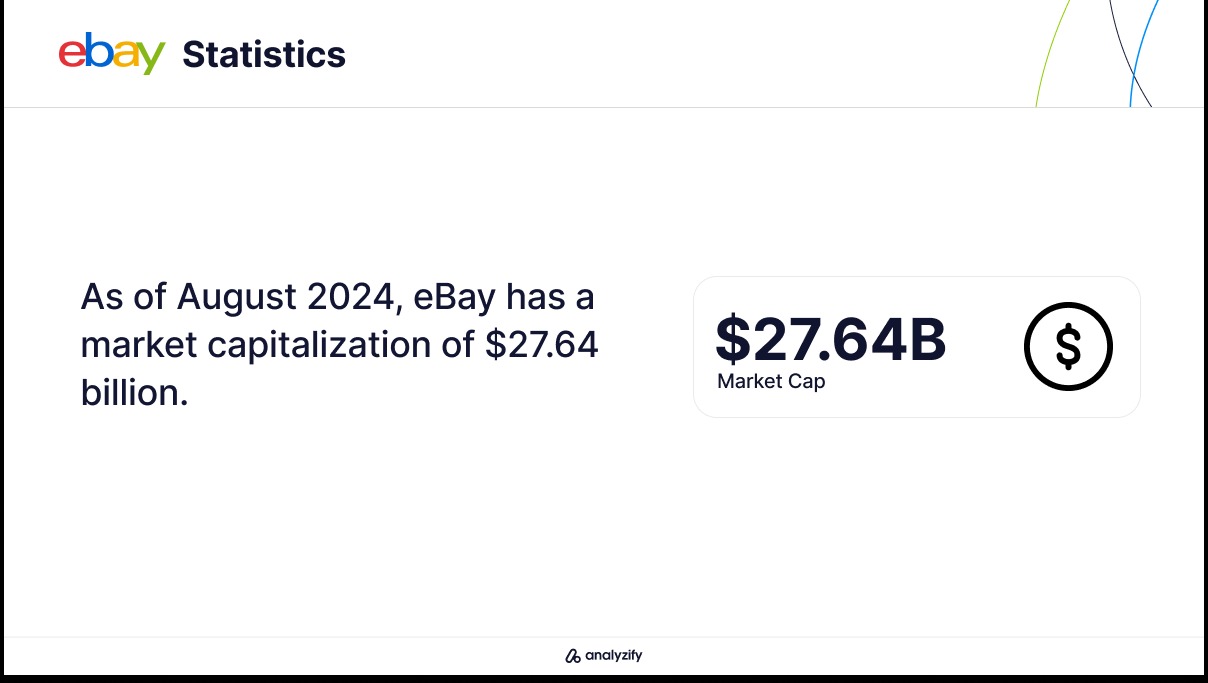
Unlike platforms that prioritize brand presentation or uniformity, eBay focuses on search-driven discovery.
eBay works well for individual sellers, small businesses, and hobbyists alike. Its low entry barrier, wide range of product categories, and strong international presence make it a versatile option for many use cases.
eBay’s Current Performance and Reach
eBay is no longer just an auction site—it’s a global marketplace handling billions in transaction volume and traffic each month.
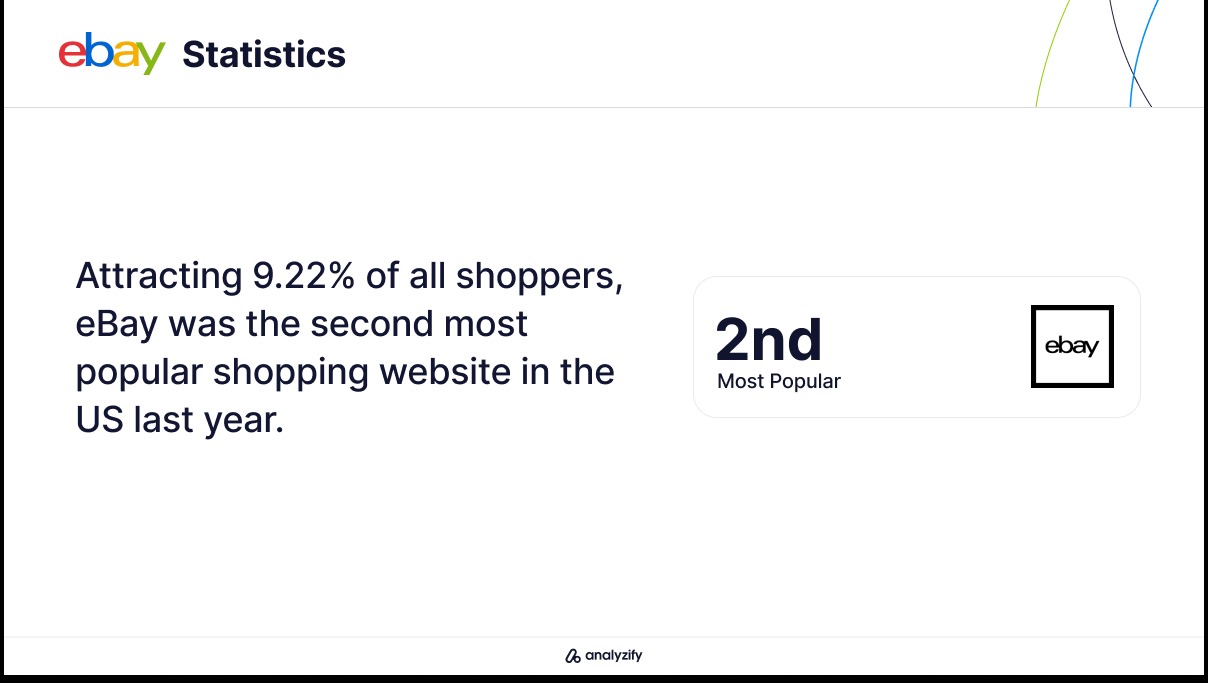
Key Characteristics That Define eBay
eBay gives sellers more control over how they sell and what they list. It also continues to attract a younger generation of sellers, especially in niche or enthusiast-driven categories.
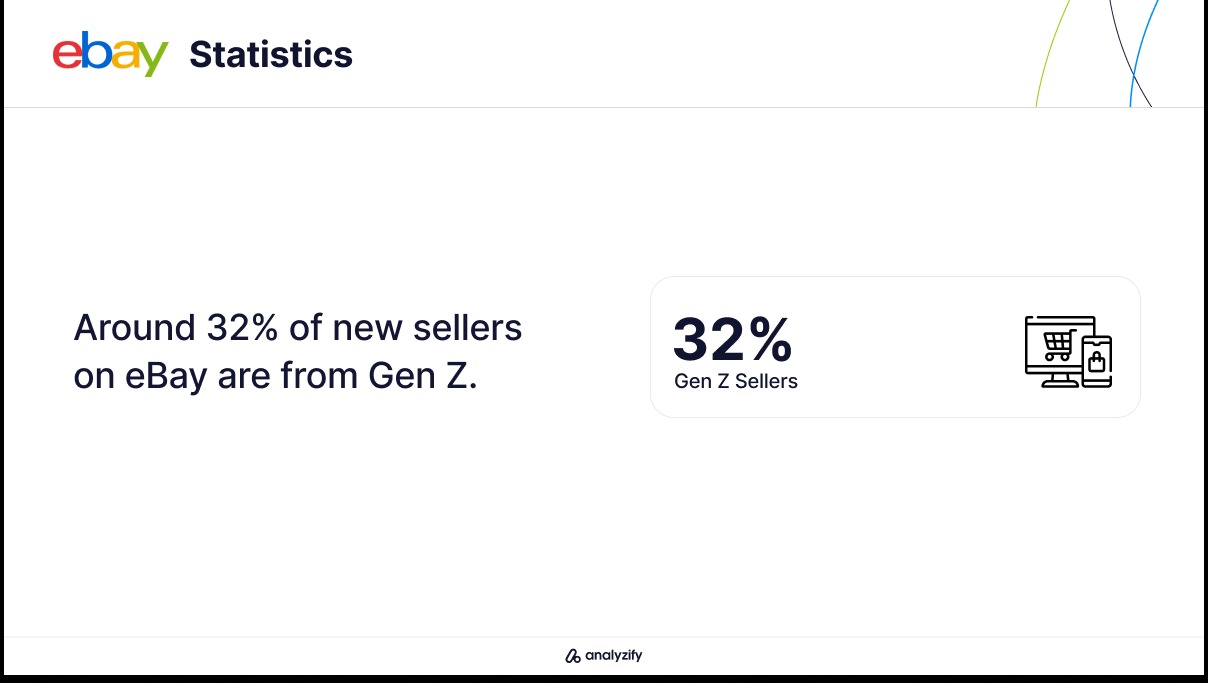
eBay’s Fee Structure and Costs
eBay’s pricing is relatively straightforward, especially for new or occasional sellers.
Who eBay Works Best For
eBay is especially strong for sellers who deal in unique, pre-owned, or collectible items. It also suits those looking for flexibility in how they price and sell products.
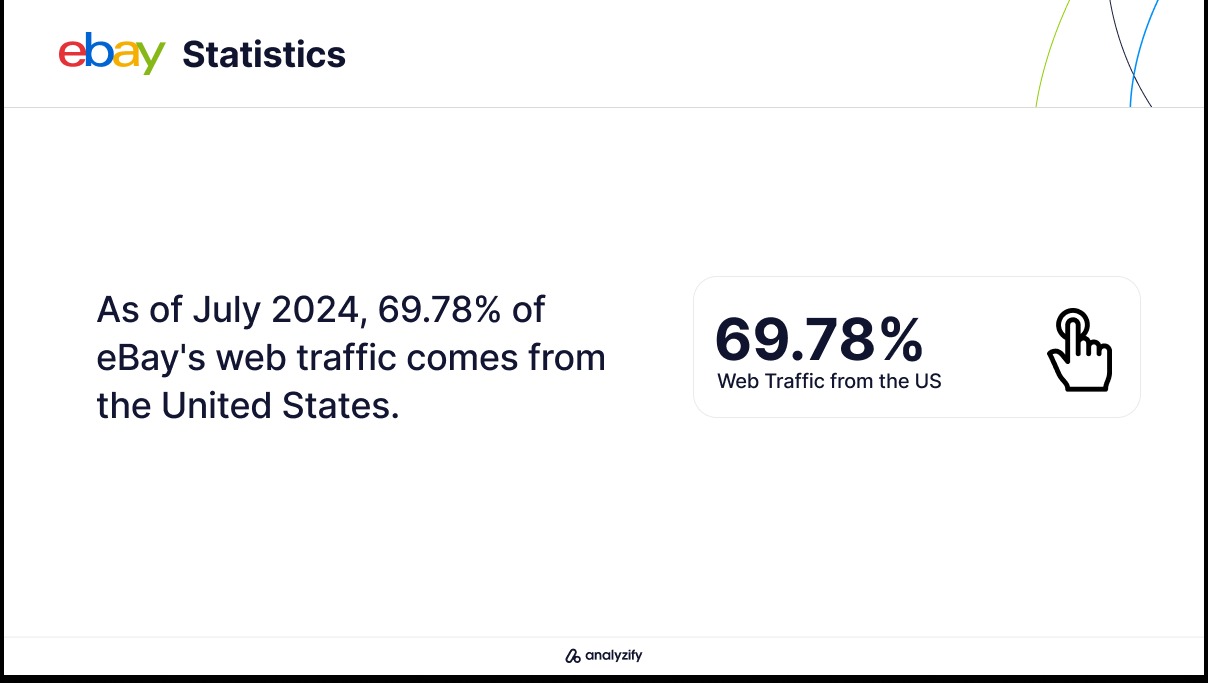
Because eBay doesn’t enforce strict design or branding rules, it’s less about building a polished storefront—and more about being visible, priced competitively, and well-reviewed.
Etsy: The Top Ecommerce Marketplace for Handmade and Creative Goods
Etsy is the go-to ecommerce platform for handmade products, vintage items, craft supplies, and other unique goods. Unlike marketplaces focused on mass production and logistics, Etsy is built around individual creators and small businesses.
As of 2024, it supports 91.5 million active buyers and 6.6 million active sellers, the majority of whom operate solo and from home.
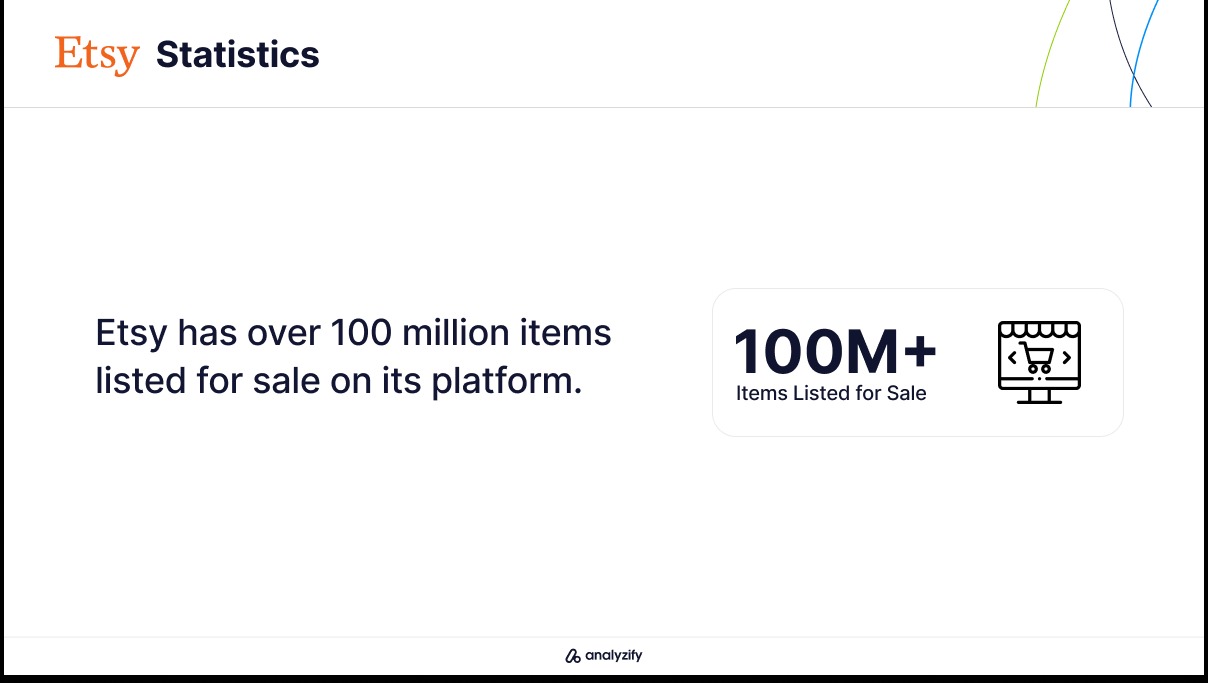
Etsy’s strength is in its niche. While it doesn’t compete with Amazon or Walmart in general retail, it leads in categories where originality and creativity matter.
It’s particularly effective for sellers offering personalized items, limited-run products, or curated collections.
Etsy’s Growth and Buyer Behavior in 2024
Etsy remains a major force in creative ecommerce, with continued growth and high engagement from its buyer base.
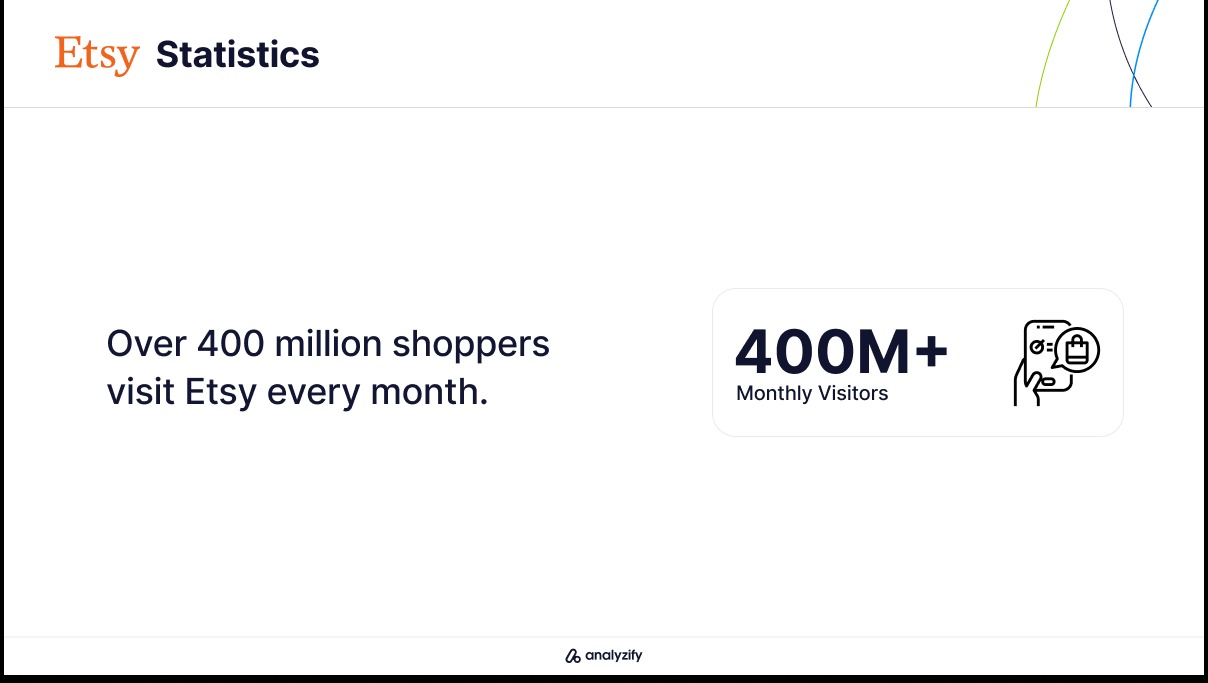
Seller Demographics and Product Categories
Etsy has a distinct seller base and product focus compared to other platforms.
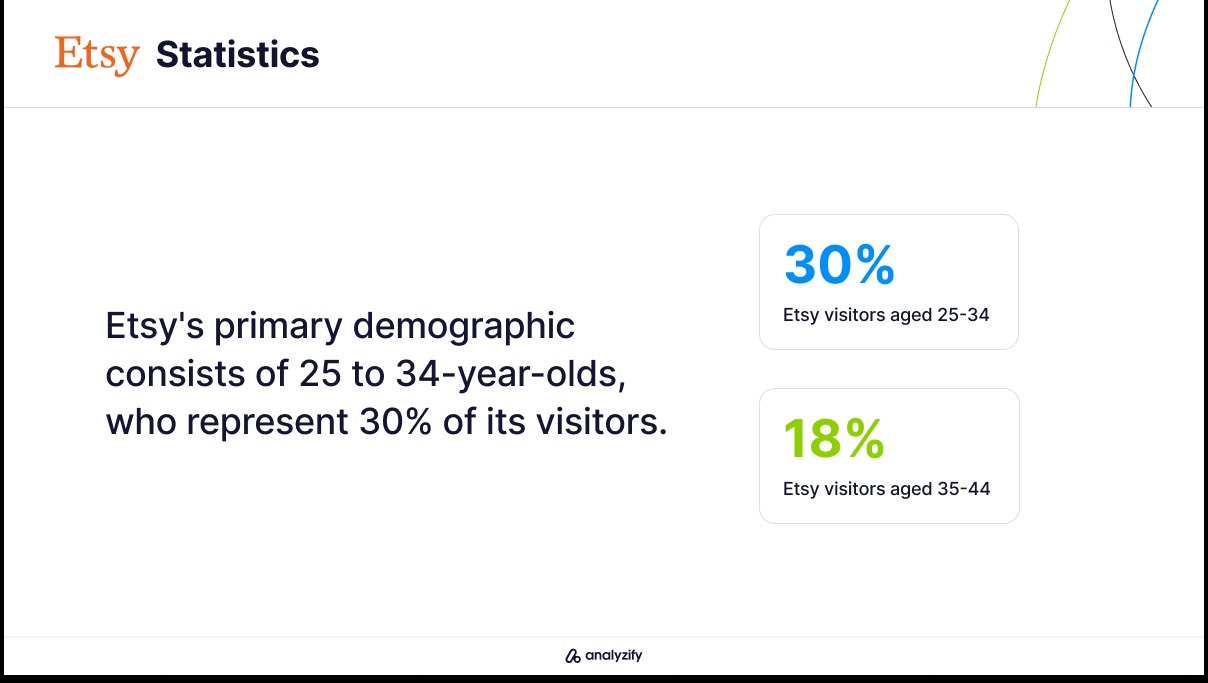
Etsy’s Cost Structure and Selling Model
Selling on Etsy is simple to set up but requires attention to detail in listings, SEO, and customer service.
Who Etsy Is Best For
Etsy isn’t built for large-scale sellers or resellers of mass-produced goods. It works best for creative entrepreneurs and small brands who want to reach buyers seeking originality, not just convenience.
Walmart: A Retail Giant Expanding Aggressively into Ecommerce
Walmart has turned its retail dominance into a serious ecommerce presence. It operates 11,003 stores globally, but its online business has grown rapidly, supported by 497 million monthly site visits and a strong logistics backbone.
Unlike platforms built purely for ecommerce, Walmart combines in-store infrastructure with digital fulfillment to create a hybrid model that appeals to both buyers and sellers.
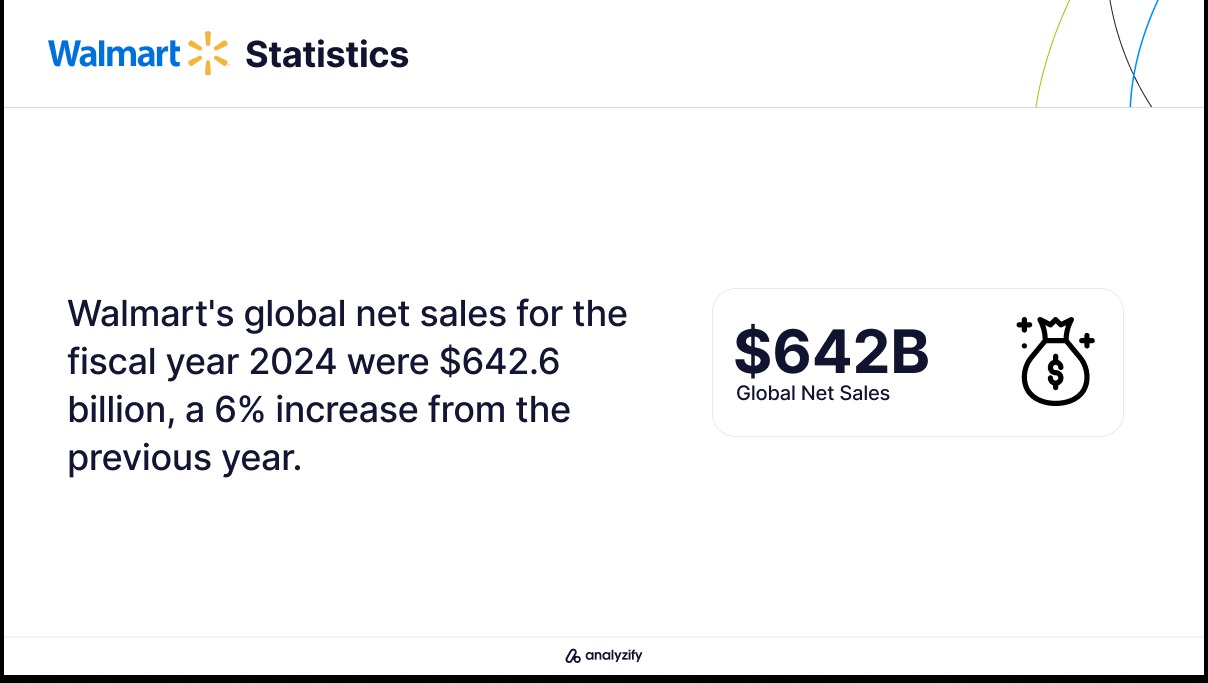
In the U.S., Walmart reported $648 billion in annual revenue in fiscal year 2024, with 22% ecommerce growth in the second quarter alone. Its grocery dominance and wide product range help attract repeat shoppers who expect low prices and quick delivery.
Walmart’s Position in the Ecommerce Space
Walmart’s online growth is driven by its logistics investment, third-party marketplace expansion, and customer loyalty in grocery and household categories.
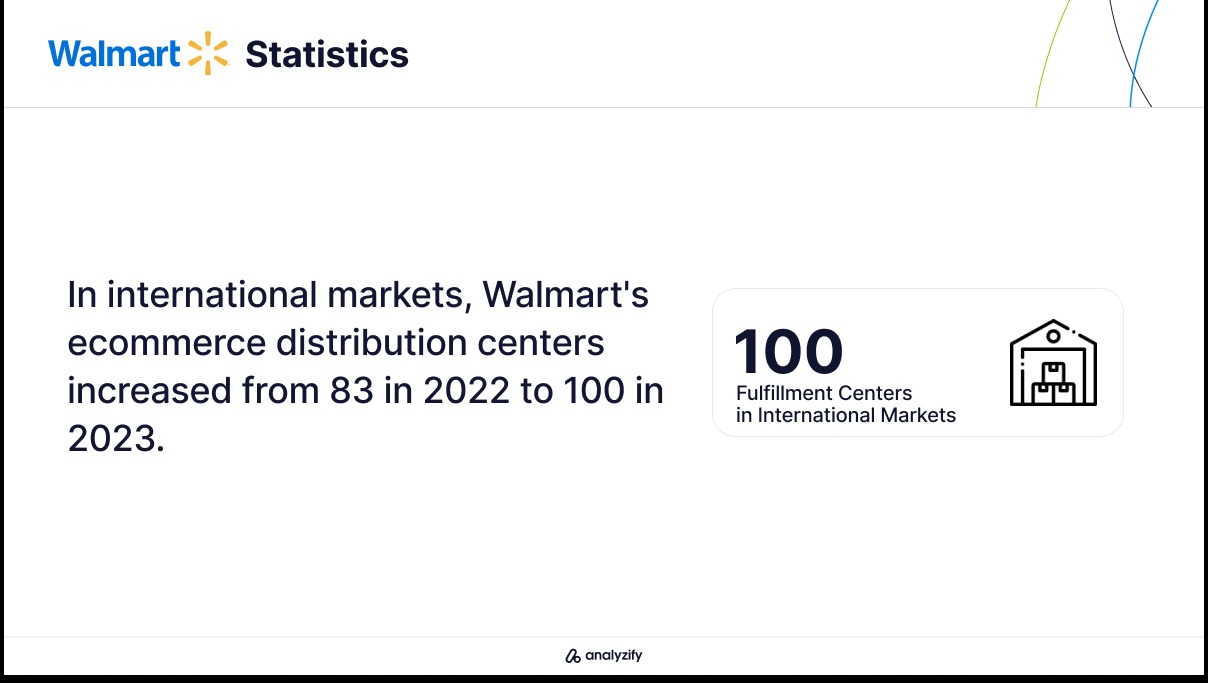
Key Features of Walmart Marketplace
Walmart Marketplace is open to third-party sellers but enforces high performance standards. Unlike Amazon, it doesn’t charge a monthly subscription fee, but it expects sellers to maintain strong fulfillment and customer service metrics.

Who Walmart Marketplace Works Best For
Walmart is not a casual marketplace. Sellers must meet strict performance standards and maintain high fulfillment reliability. In return, they gain access to a customer base that is loyal, price-conscious, and accustomed to Walmart’s service levels.
For sellers ready to operate within its rules, Walmart offers volume, infrastructure, and growing ecommerce traffic—without subscription costs or platform crowding.
Temu: A Rapidly Growing Low-Cost Ecommerce Marketplace
Temu has become one of the fastest-growing ecommerce marketplaces in the world. Launched in 2022 by PDD Holdings (the parent company of Pinduoduo), the platform connects international buyers—primarily in the U.S.—with low-cost products shipped directly from Chinese manufacturers.
As of 2024, Temu reached 167 million monthly active users, with more than 540 million monthly visits across its global domains. Its app consistently ranks among the most downloaded shopping apps in the U.S., often outpacing Amazon and Walmart in install volume.
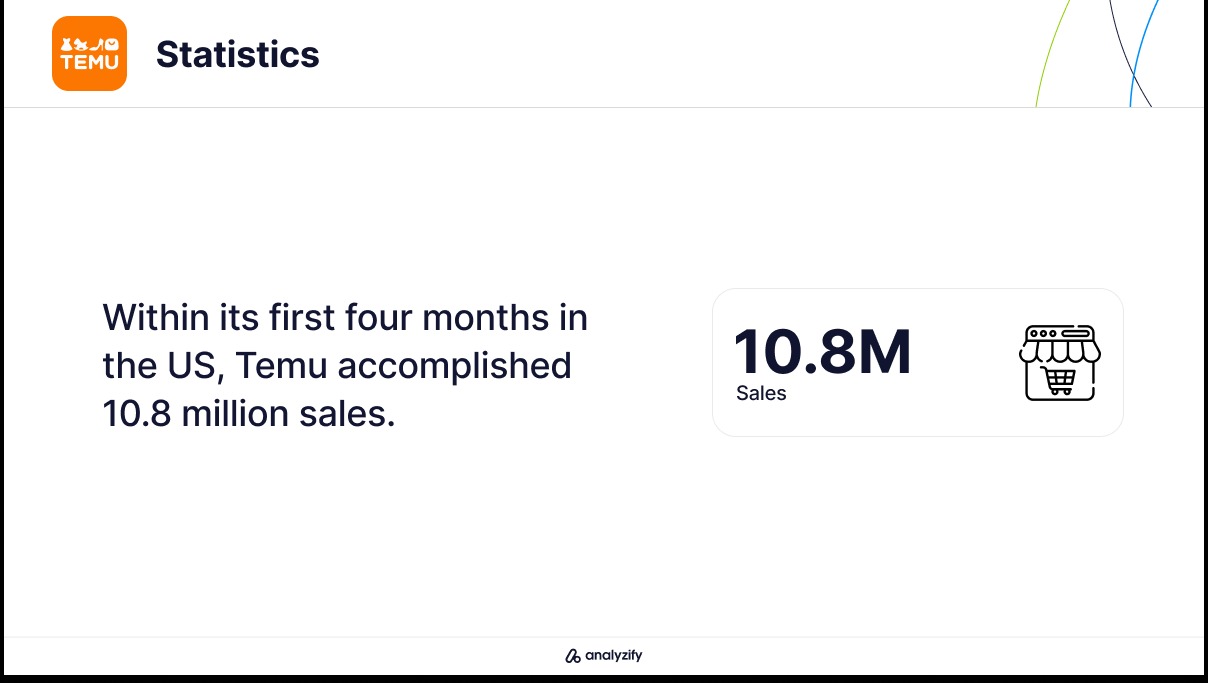
Temu’s appeal comes from extremely low prices, frequent promotions, and a user interface optimized for fast, casual purchases. The model focuses on volume over margins, which significantly shapes both its seller requirements and customer expectations.
Temu’s Performance and Reach in 2024
Temu’s rapid rise has been driven by aggressive pricing and a mobile-first experience.
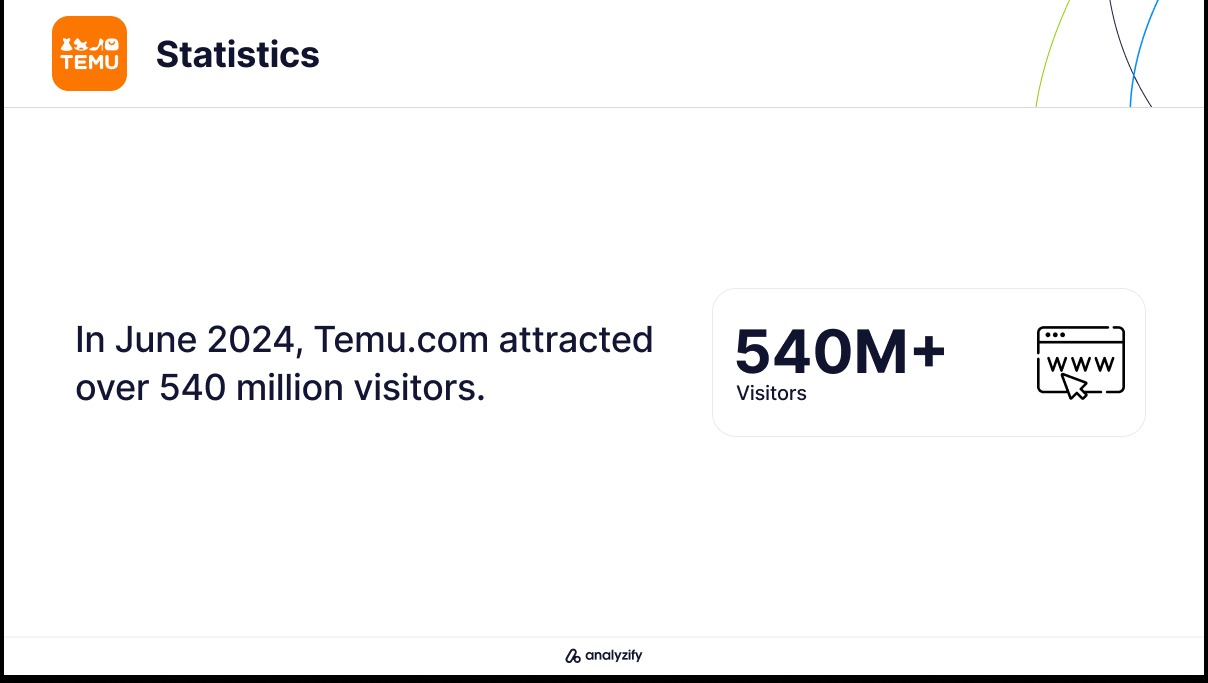
Temu’s Business Model and Buyer Behavior
Temu operates on a direct-from-manufacturer model. Instead of third-party sellers holding inventory, Temu handles procurement, quality checks, and shipping from Chinese warehouses to international buyers.
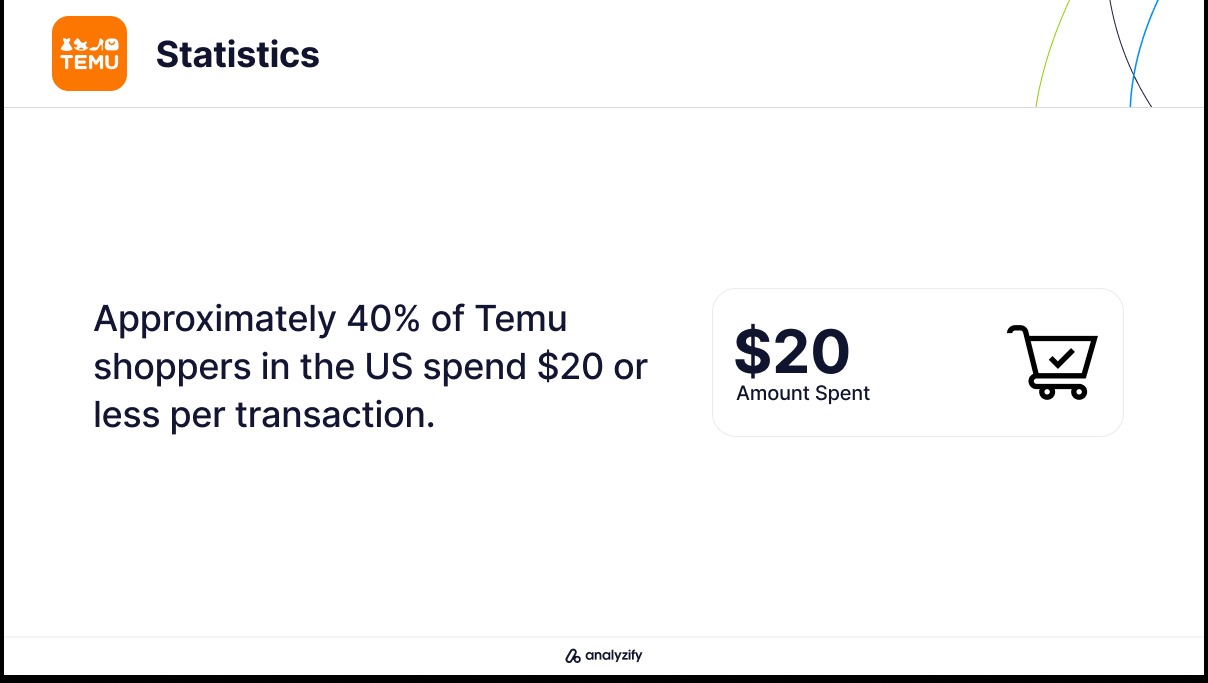
Who Temu Works Best For
Temu is a match for manufacturers or suppliers who can produce goods at extremely low cost and handle high order volume. It’s not suited to branded, premium, or custom products, and it offers limited long-term brand control for sellers.
Temu offers reach and scale, but it comes with a tightly controlled structure. It’s a high-risk, high-traffic model that favors low prices above all else.
Alibaba: The Largest B2B Ecommerce Ecosystem in the World
Alibaba is not a single marketplace—it’s a collection of platforms serving different segments of ecommerce across China and international markets.
Its core business connects manufacturers with bulk buyers, distributors, and retailers, though it also includes consumer-facing platforms like Taobao and Tmall.
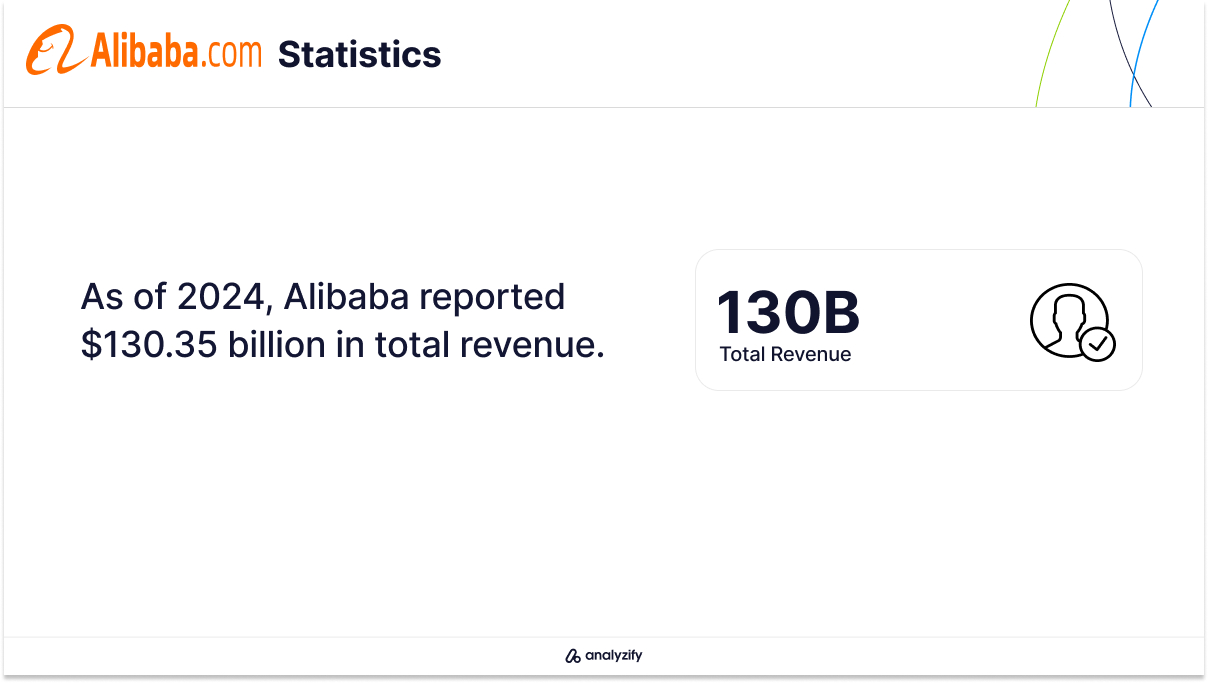
As of 2024, Alibaba reported $130.35 billion in total revenue, with 582.73 billion yuan ($80.7 billion) coming from Chinese ecommerce alone.
Alibaba’s 2024 Performance Highlights
The scale of Alibaba’s operations is unmatched, but the company also faces new challenges in its domestic market and abroad.
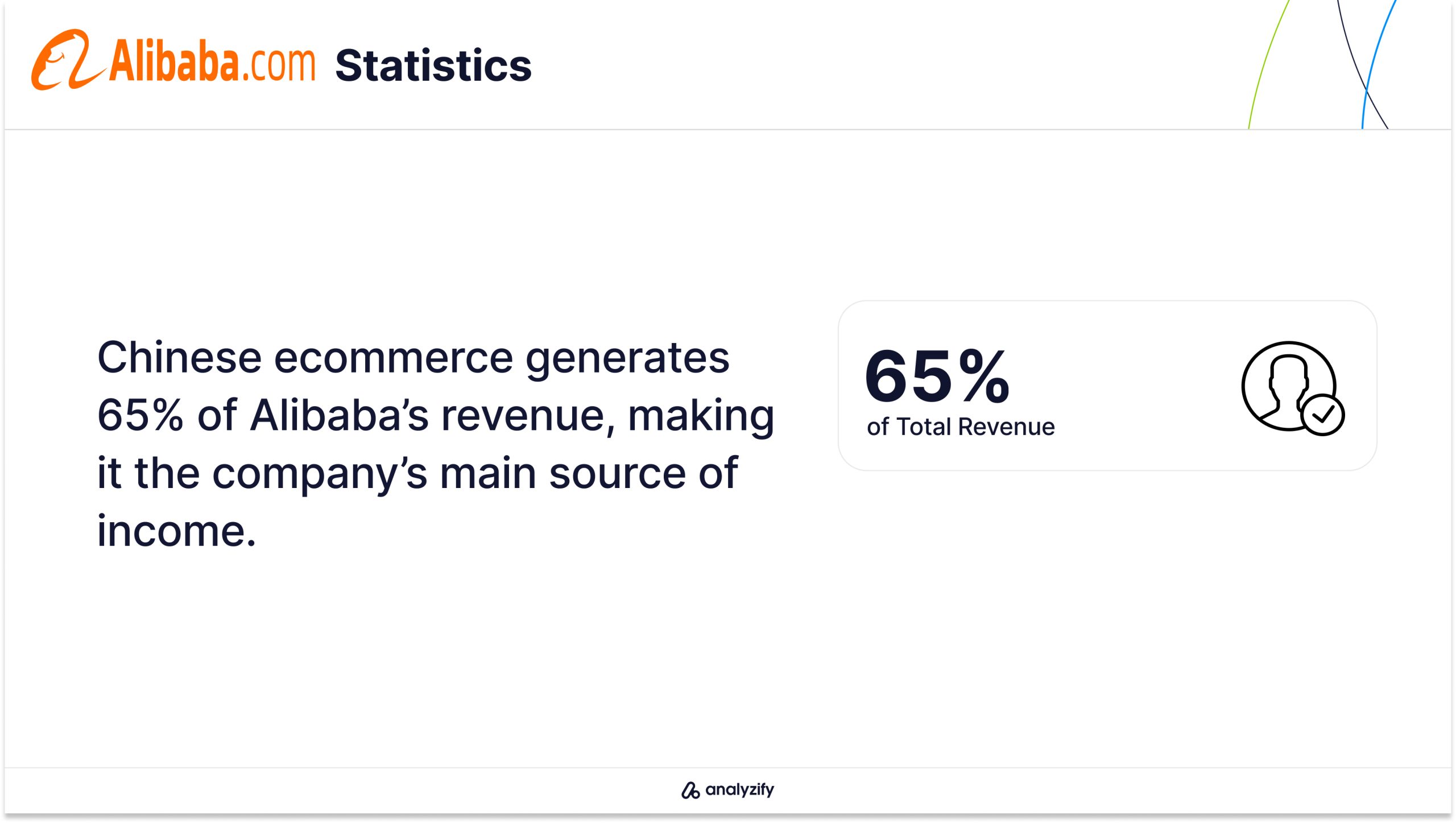
Who Alibaba Works Best For
Alibaba is best suited to suppliers, wholesalers, and manufacturers with the ability to handle large orders, comply with international shipping requirements, and work within Alibaba’s transaction and quality standards.

For companies that can scale production, meet compliance standards, and navigate China’s ecommerce regulations, Alibaba remains the most powerful wholesale-focused platform in the world.
Bonus: Explore Biggest Ecommerce Markets Worldwide!
MercadoLibre: The Leading Ecommerce Platform in Latin America
MercadoLibre is the dominant ecommerce platform across Latin America. Often described as the “Amazon of LATAM,” it combines marketplace selling, payments, logistics, and financial services into a single integrated ecosystem.
The platform operates in 18 countries, with particularly strong presence in Brazil, Mexico, and Argentina.
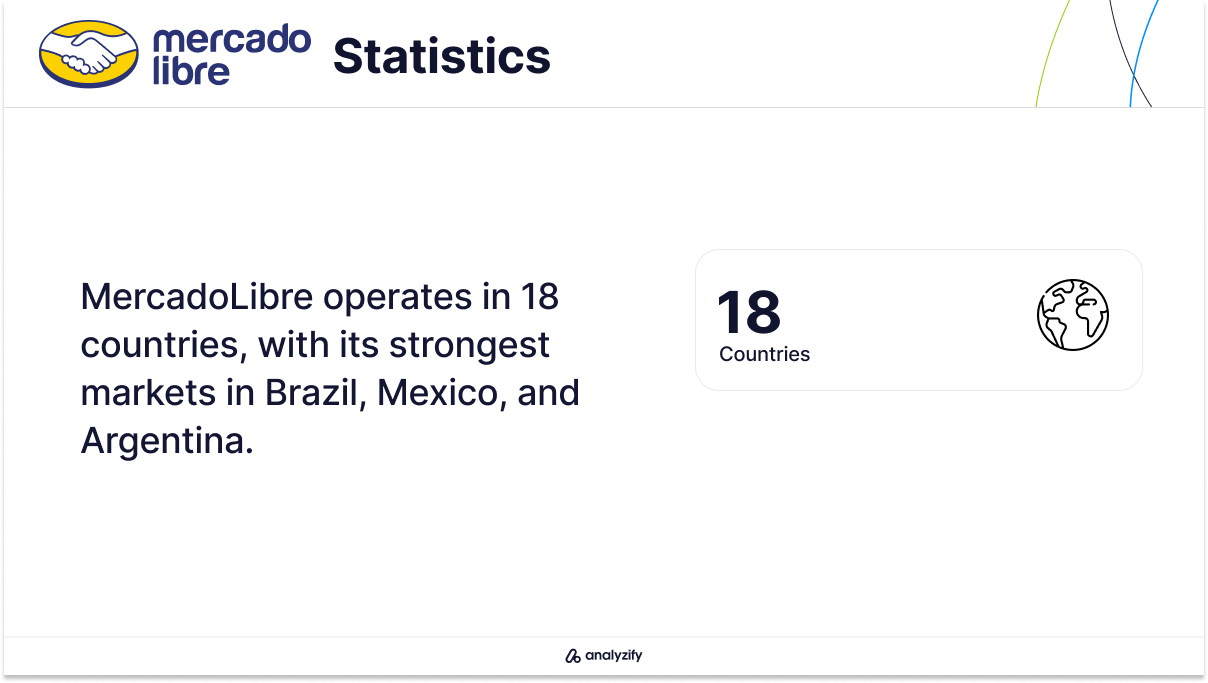
In 2024, MercadoLibre reached $14.5 billion in net revenue, a 42% increase year-over-year. Its total gross merchandise volume (GMV) for the year was $47.3 billion, with ecommerce and fintech operations driving nearly equal shares of growth.
MercadoLibre’s Reach and Ecosystem
MercadoLibre is not just a marketplace—it’s a full commerce infrastructure for the region, including its own payment processor (Mercado Pago) and shipping network (Mercado Envios).
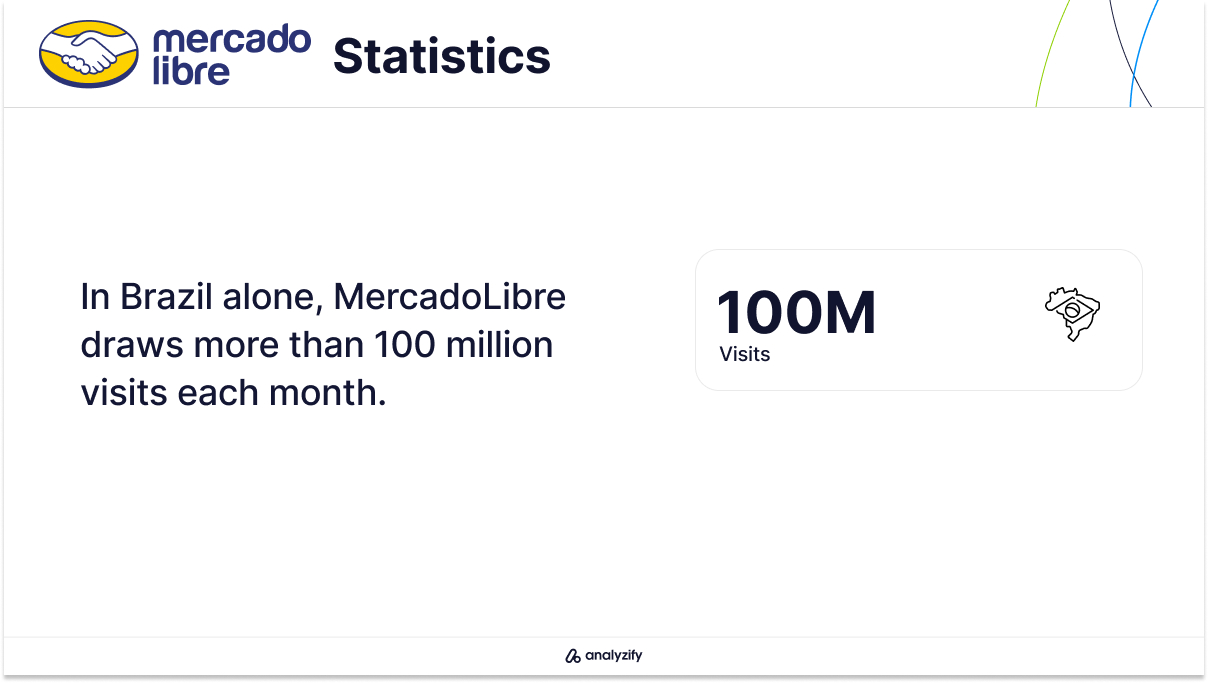
Ecommerce Trends and Buyer Behavior on MercadoLibre
The platform is known for wide product variety, installment payment options, and strong logistics coverage—even in remote areas.
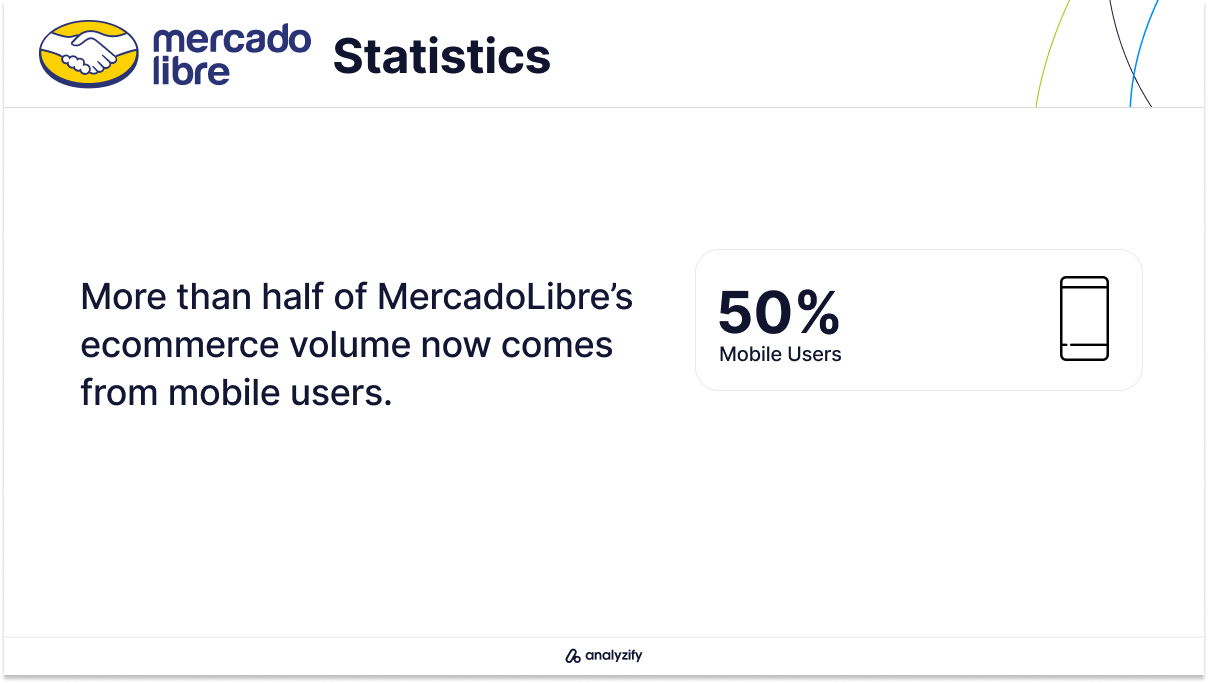
Who Should Sell on MercadoLibre
MercadoLibre is well-suited for businesses looking to enter or expand in the Latin American market. The platform removes many operational hurdles by combining payment, shipping, and marketing into one system.
For merchants who want access to millions of Latin American customers without navigating separate systems for payment, logistics, and compliance, MercadoLibre offers a unified—and fast-growing—path to regional ecommerce.
Bonus: Explore 200+ Online Marketplaces to Sell Globally!
Target: A Retailer-Driven Ecommerce Platform with Limited Seller Access
Target is one of the largest retailers in the United States, with a growing ecommerce presence that complements its extensive physical store network.
Unlike open marketplaces such as Amazon or Walmart, Target.com does not operate as a fully open third-party marketplace.
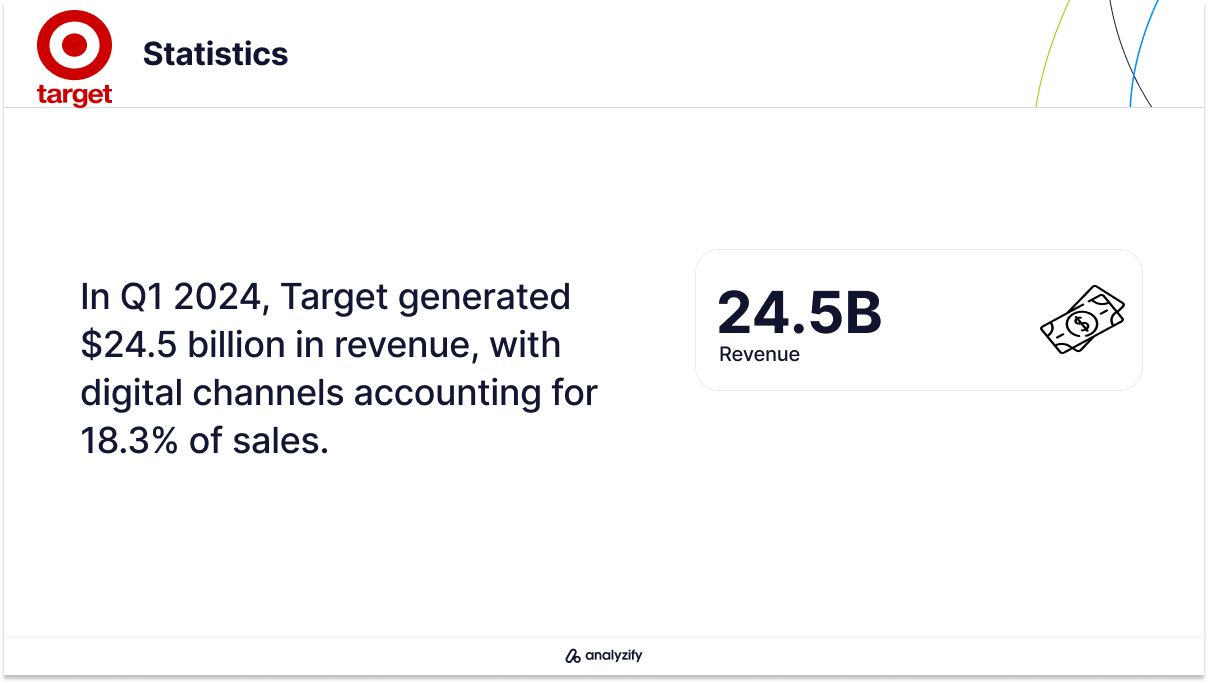
Instead, it works selectively with approved partners through its Target Plus (Target+) program, which remains invitation-only.
In Q1 2024, Target reported $24.5 billion in revenue, with 18.3% of sales coming from digital channels. The company integrates online and offline retail through services like curbside pickup, same-day delivery via Shipt, and in-store returns for online orders.
Target’s Online Ecosystem and Reach
Target’s ecommerce approach is built on trust, consistency, and integration with its 1,900+ U.S. store locations.
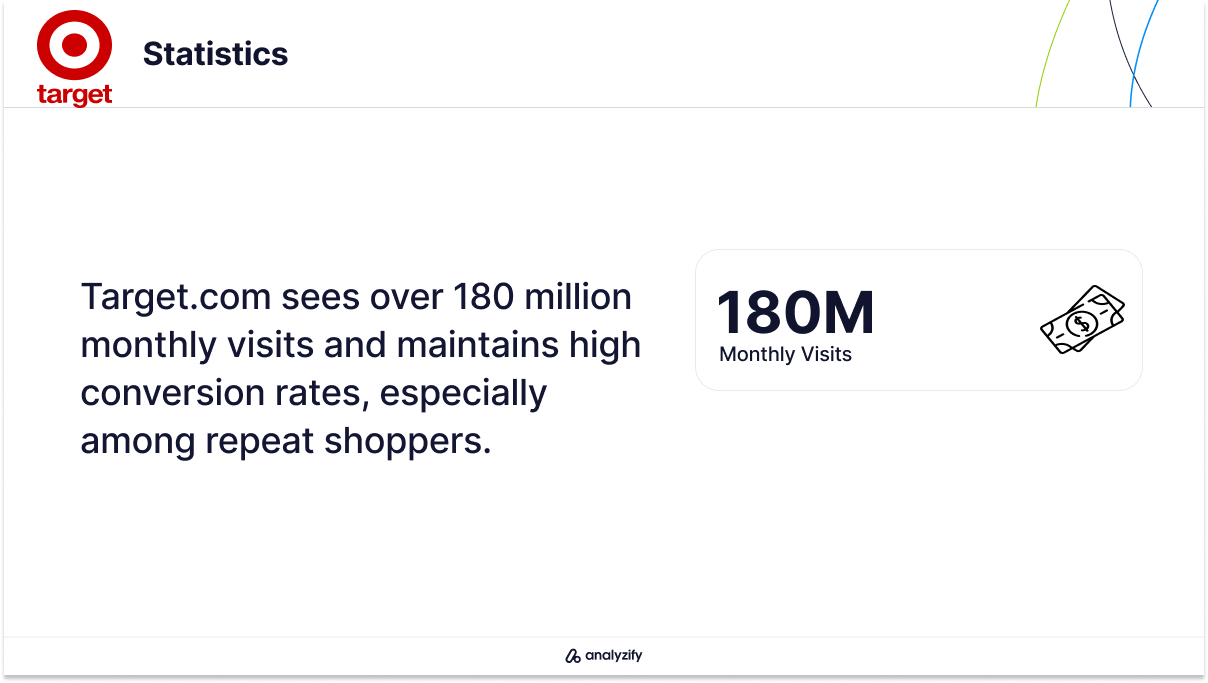
Target Plus (Target+) Program
Target’s third-party selling program is not open to the public. Instead, it invites pre-vetted brands to list on its platform in carefully selected categories.
Who Target.com Is Best For
Target’s ecommerce model isn’t designed for most independent sellers or startups. It’s a selective channel for brands that already have a retail presence or can meet enterprise-level expectations.
Target’s ecommerce strategy is built on brand curation rather than platform volume. For sellers that qualify, it offers credibility, strong traffic, and integration with a national retail chain—but the barrier to entry is high.
Wayfair: A Specialized Ecommerce Platform for Home and Furniture
Wayfair focuses on a specific niche—home goods. It’s one of the largest dedicated furniture and decor ecommerce platforms in the United States and Europe.
Unlike general marketplaces, Wayfair’s entire business model is tailored around large, bulky items like sofas, beds, and kitchen appliances, supported by in-house logistics and a supplier-first model.
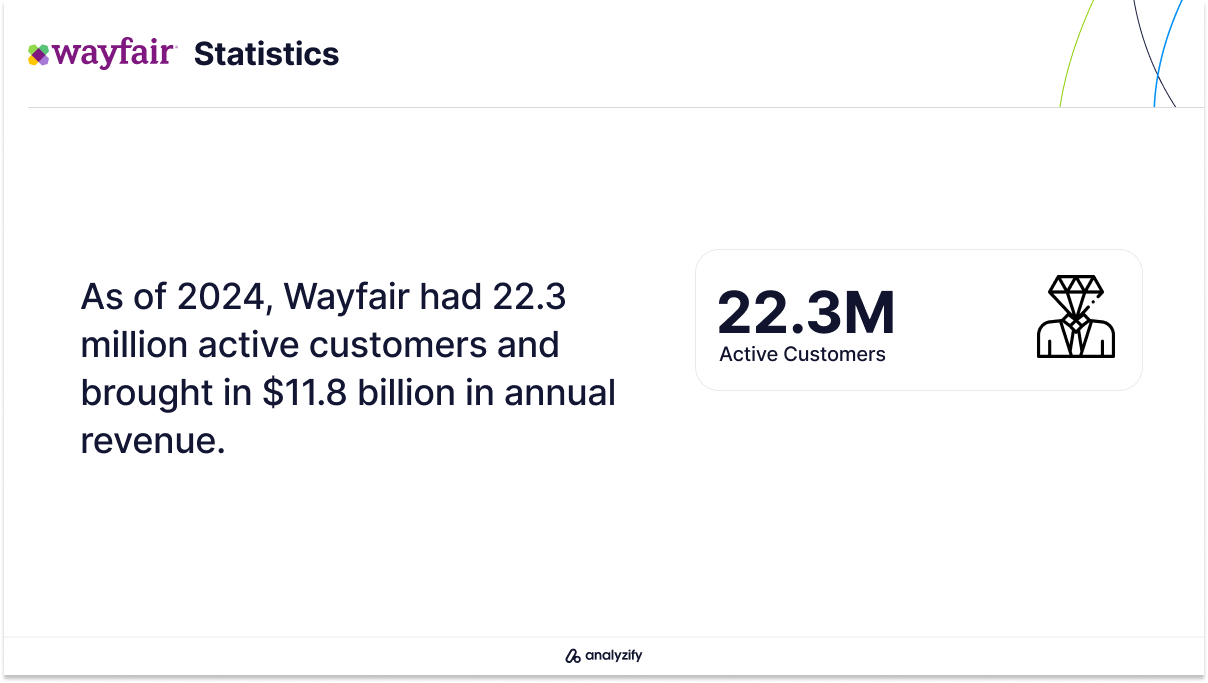
As of 2024, Wayfair served 22.3 million active customers and generated $11.8 billion in annual revenue.
It maintains a high repeat customer rate of nearly 80%, showing strong buyer retention in a product category that typically sees less frequent purchases.
Wayfair’s Operational Model and Marketplace Dynamics
Wayfair acts more like a dropship platform than a traditional retailer. It doesn’t keep most products in stock. Instead, it connects customers with suppliers and coordinates delivery through its Wayfair Delivery Network (WDN).
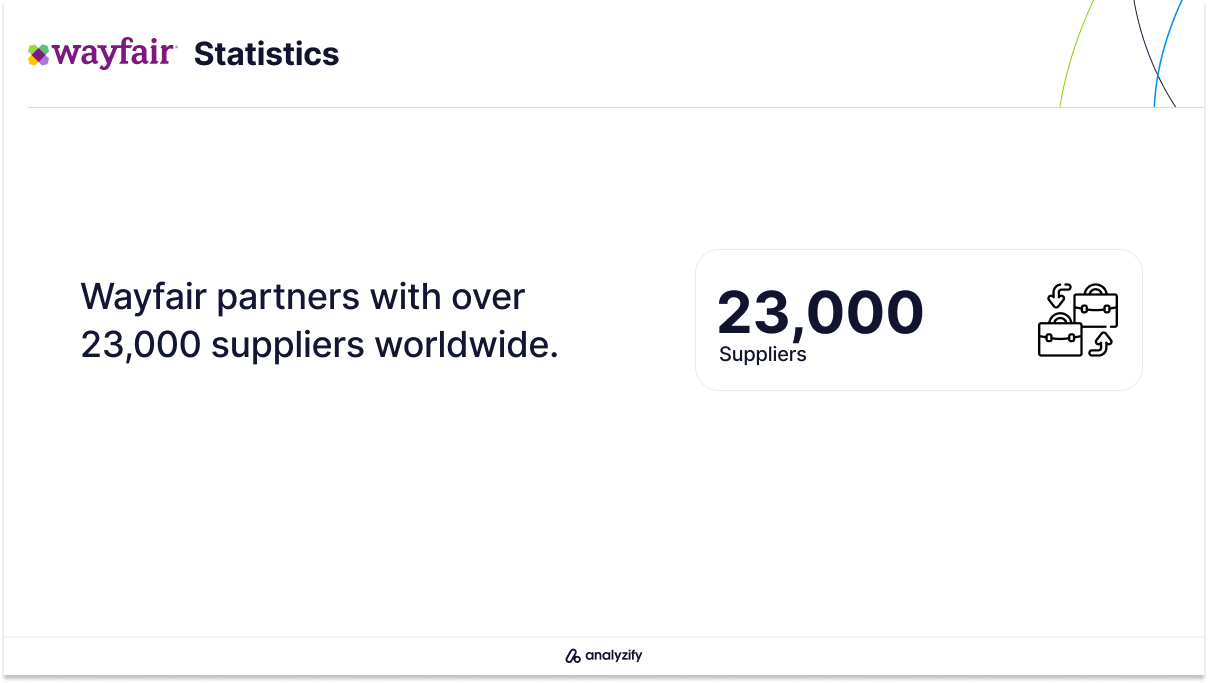
Key Performance and Customer Metrics
Wayfair’s growth has slowed since the pandemic boom, but its customer base remains highly engaged and loyal.
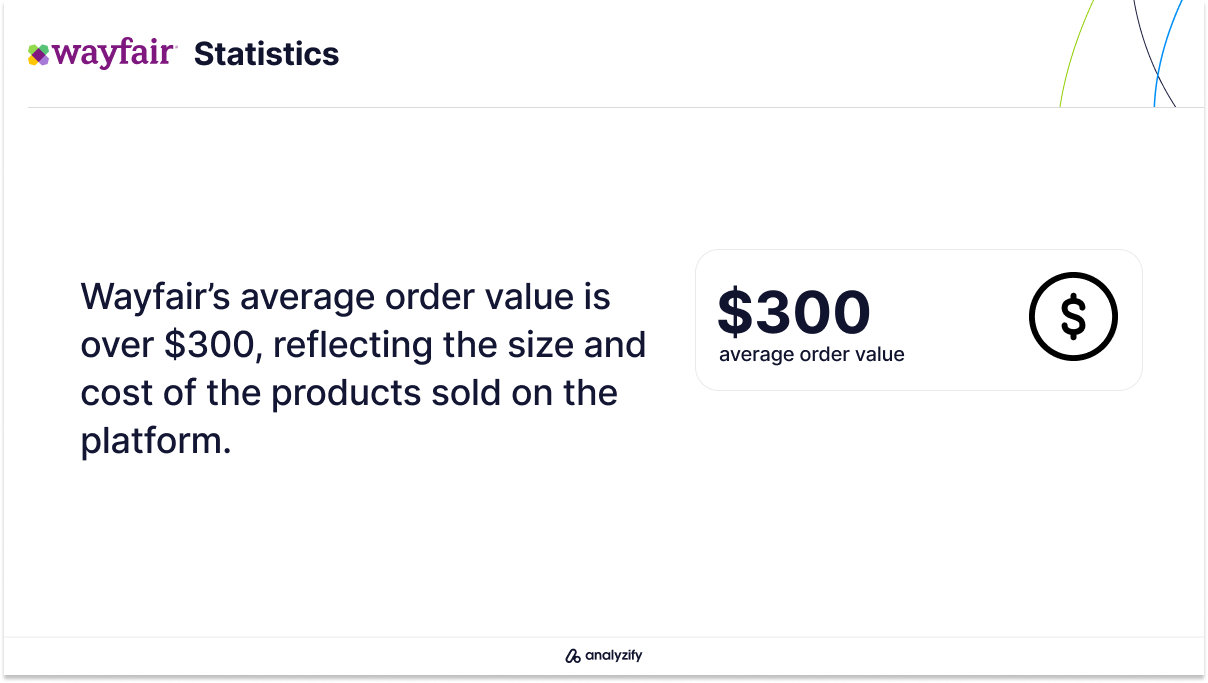
Who Wayfair Is Best For
Wayfair is a niche platform built for suppliers and manufacturers in the home and furniture category. It does not support individual storefronts or brand pages the way Shopify or Amazon does. It’s about product distribution at scale.
Wayfair gives access to a loyal customer base and high-ticket purchases, but with limited branding opportunities and strict supplier requirements.
Ecommerce Trends in 2025: What’s Actually Shaping Buyer and Seller Behavior
Ecommerce in 2025 isn’t just about more traffic or faster delivery—it’s being reshaped by mobile habits, social commerce, price sensitivity, and platform-specific shifts. Understanding these trends helps sellers not just choose the right platform, but also operate more effectively on it.
Bonus: Learn more about Latest Ecommerce Statistics (2025)!
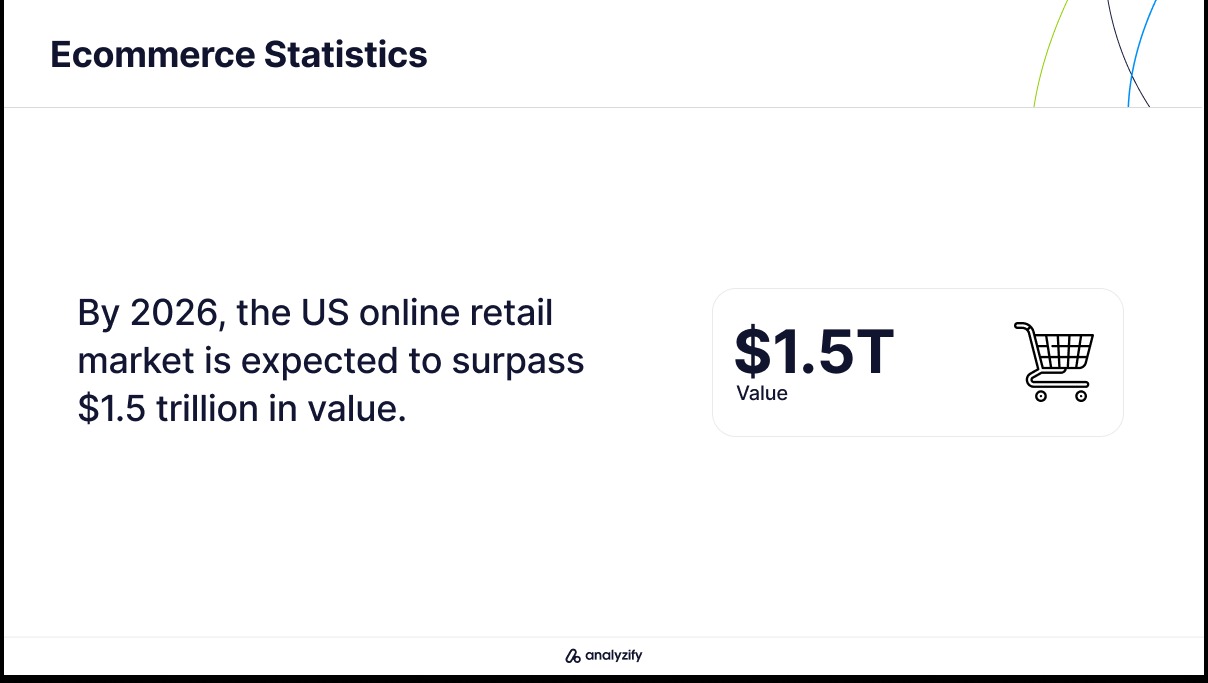
Mobile Shopping Is the Default
Mobile devices now drive the majority of ecommerce traffic—and often, purchases too.
If your store or product page doesn’t load well on mobile, you’re likely missing sales.
Social Commerce Keeps Expanding
Social media isn’t just a marketing channel—it’s a growing transaction channel.
Sellers who rely on visual presentation, influencers, or one-click checkouts are now building their entire funnels through social apps.
Cross-Border Selling Becomes Easier (and Riskier)
More platforms now support cross-border sales natively—but margins and delivery expectations vary.
However, international returns, customer service, and taxes still pose operational challenges that local-only sellers can avoid.
Cart Abandonment Remains a Persistent Issue
Even with better UX, shoppers still leave their carts behind—often for avoidable reasons.
Reducing friction matters more than ever, especially as shoppers bounce between multiple tabs, apps, and devices before committing.
How to Choose the Right Ecommerce Platform in 2025
There’s no universal best platform. The right choice depends on what you’re selling, how you run your operations, and how much control you want over the shopping experience. Each platform comes with trade-offs—some bring traffic but limit your freedom, while others offer full control but require you to do all the work of attracting buyers.
Product Type and Pricing Matter
Not all platforms support all kinds of products equally. For example, Amazon favors fast-moving, competitively priced items. Etsy thrives on handmade and niche inventory. Temu pushes ultra-low-cost goods. Wayfair only works if you’re in the home and furniture category.
Understanding where your products naturally fit can prevent mismatches in audience expectations, pricing norms, and platform restrictions.
Branding, Customer Control, and Growth Strategy
If owning your brand and building long-term customer relationships is important, marketplace platforms might not be the right choice. Most don’t give you access to buyer emails, and they decide how your listings are shown.
Platforms like Temu and Costco remove seller identity almost entirely. In those systems, the product matters—but who sells it doesn’t.
Fulfillment, Inventory, and Logistics
Your operational capabilities should match the platform’s fulfillment expectations. Amazon FBA and Walmart WFS demand high reliability but take shipping off your plate. Shopify gives you full flexibility, but it also puts all responsibility on you unless you integrate with a third-party logistics provider.
Platform Costs and Profitability
Fees vary widely. Some platforms charge subscriptions, others take a percentage of each sale, and many do both. Be realistic about what you’ll pay once you include transaction fees, fulfillment costs, optional ads, and returns.
Choosing based only on upfront fees can be misleading. Instead, consider total cost relative to what you’ll gain—traffic, tools, or independence.































